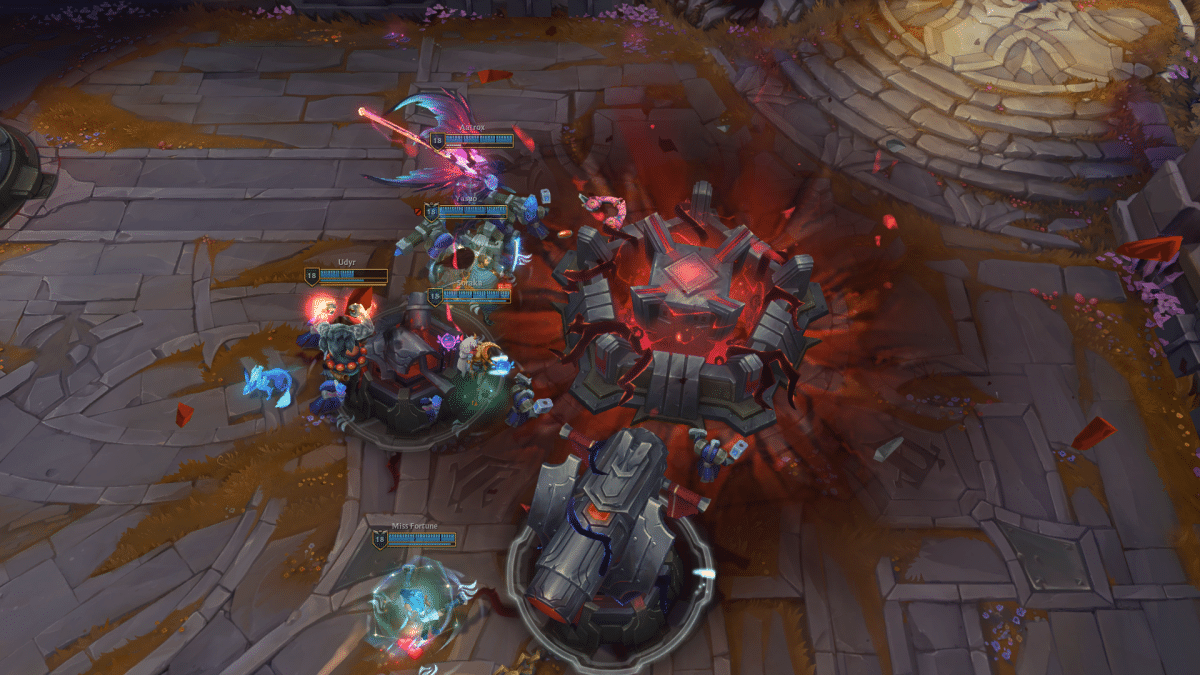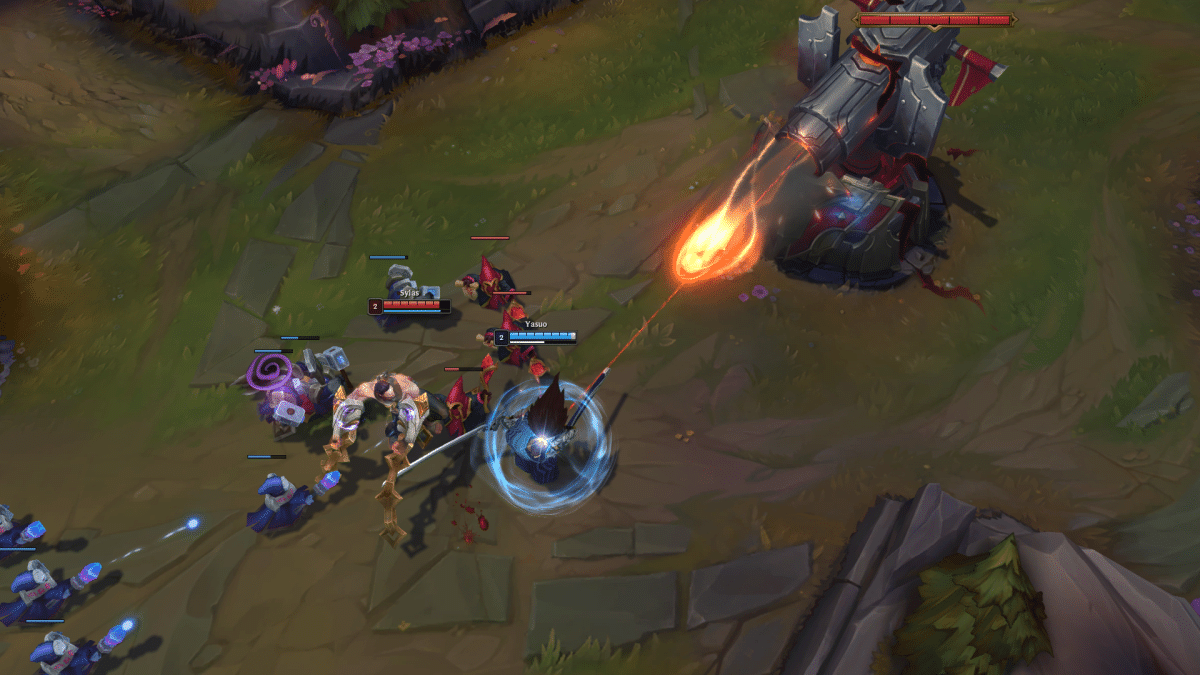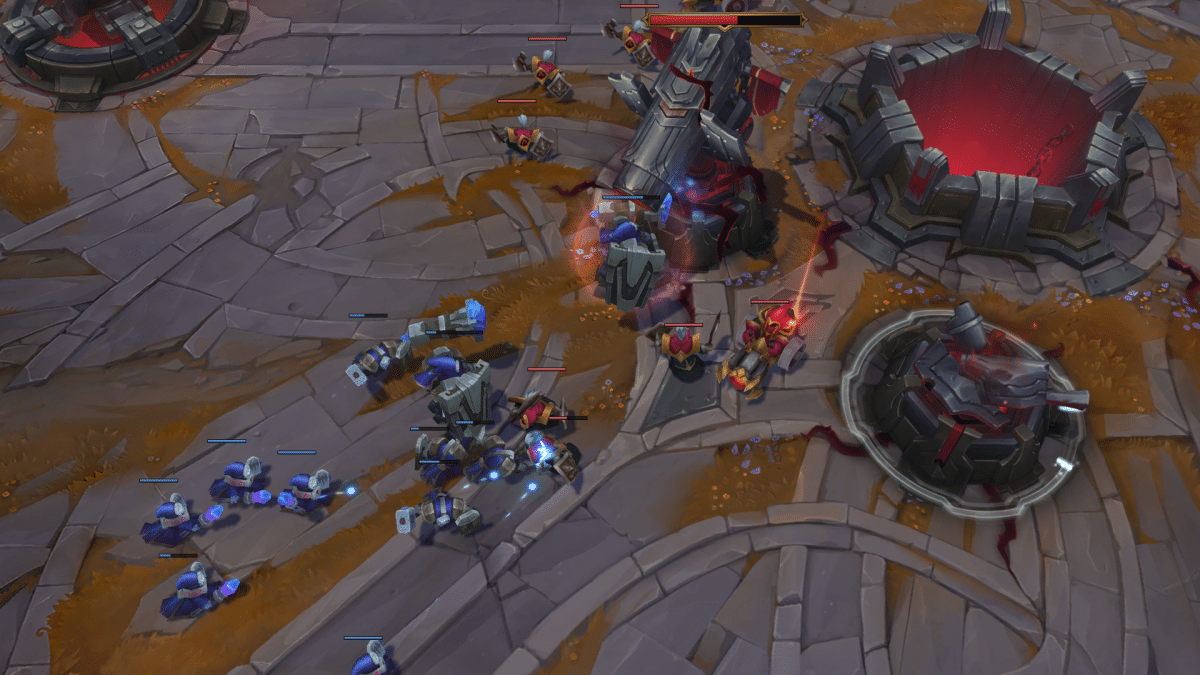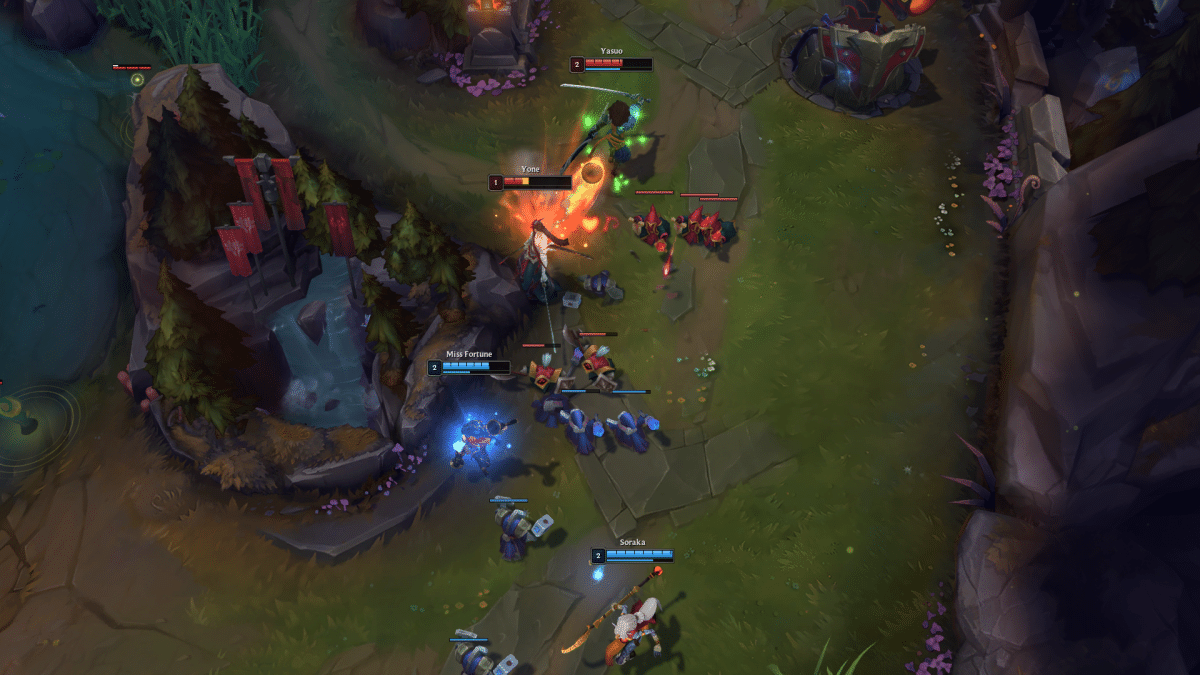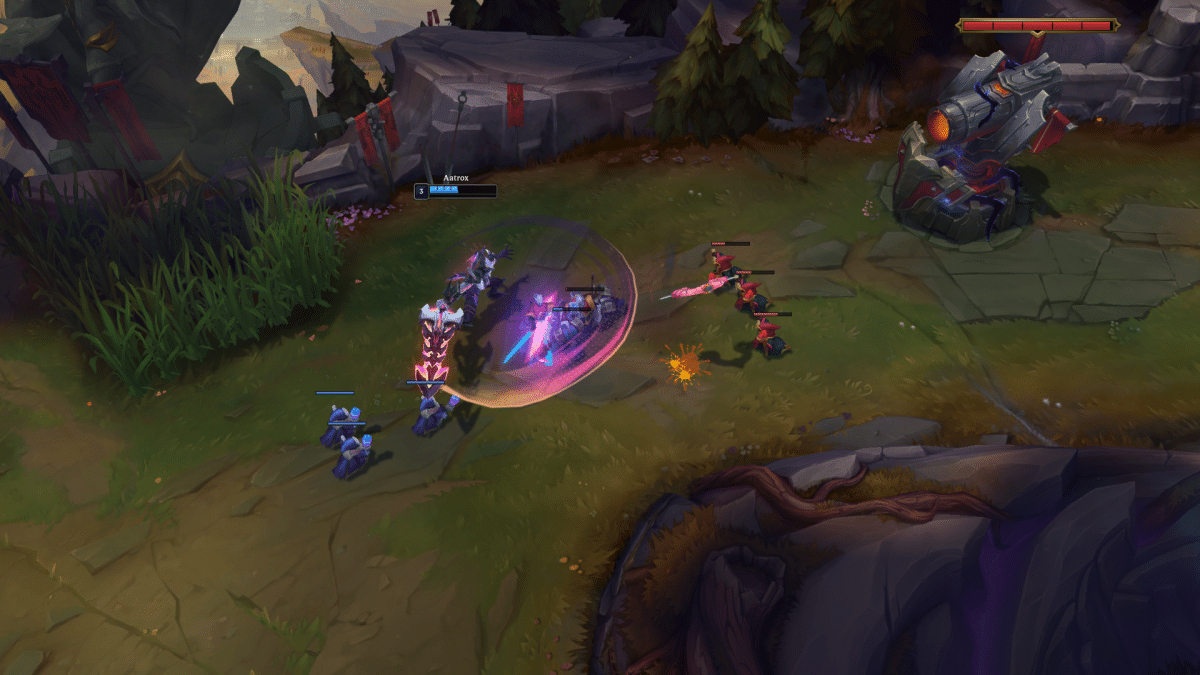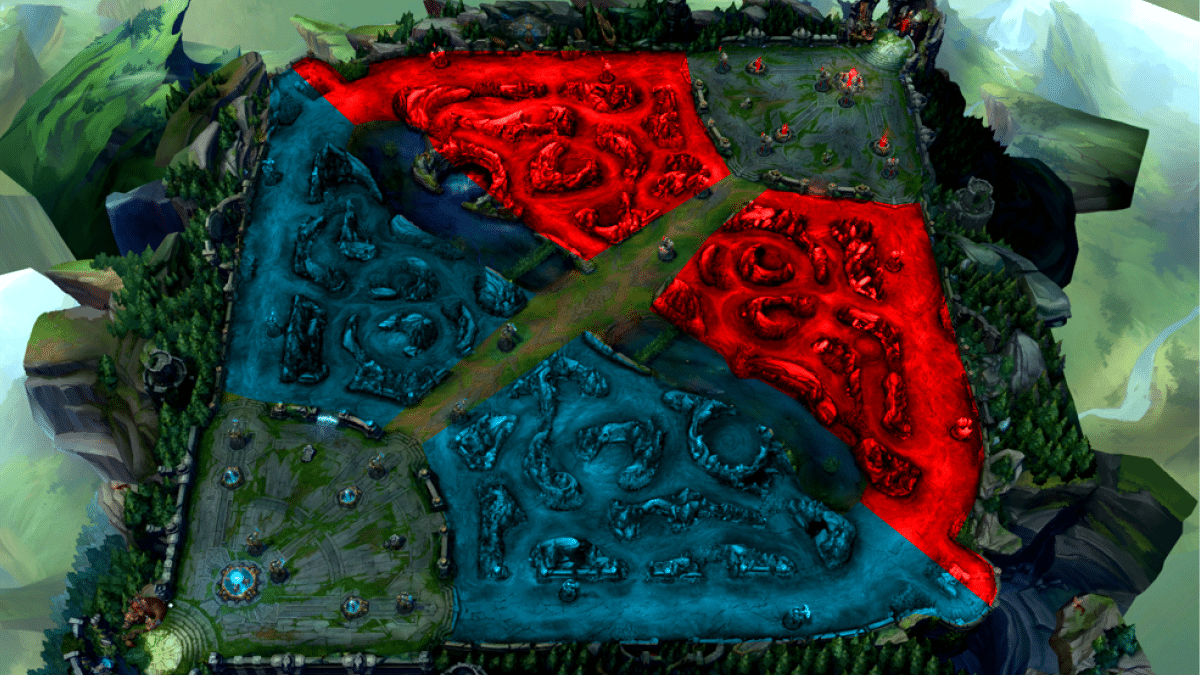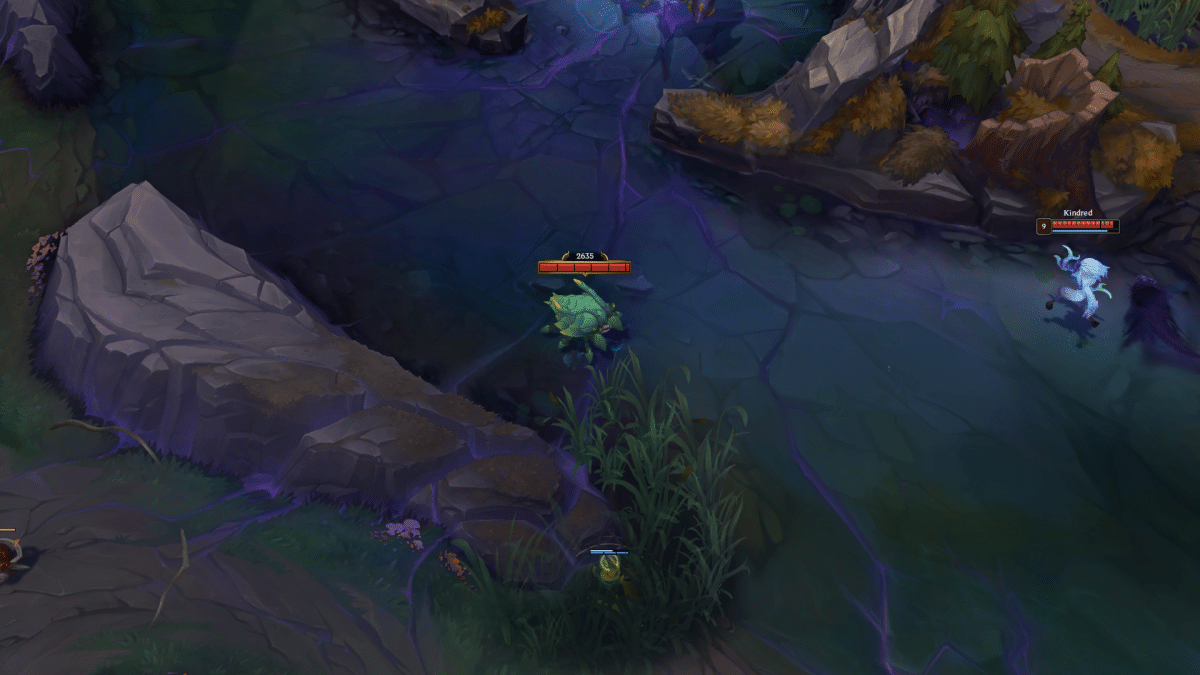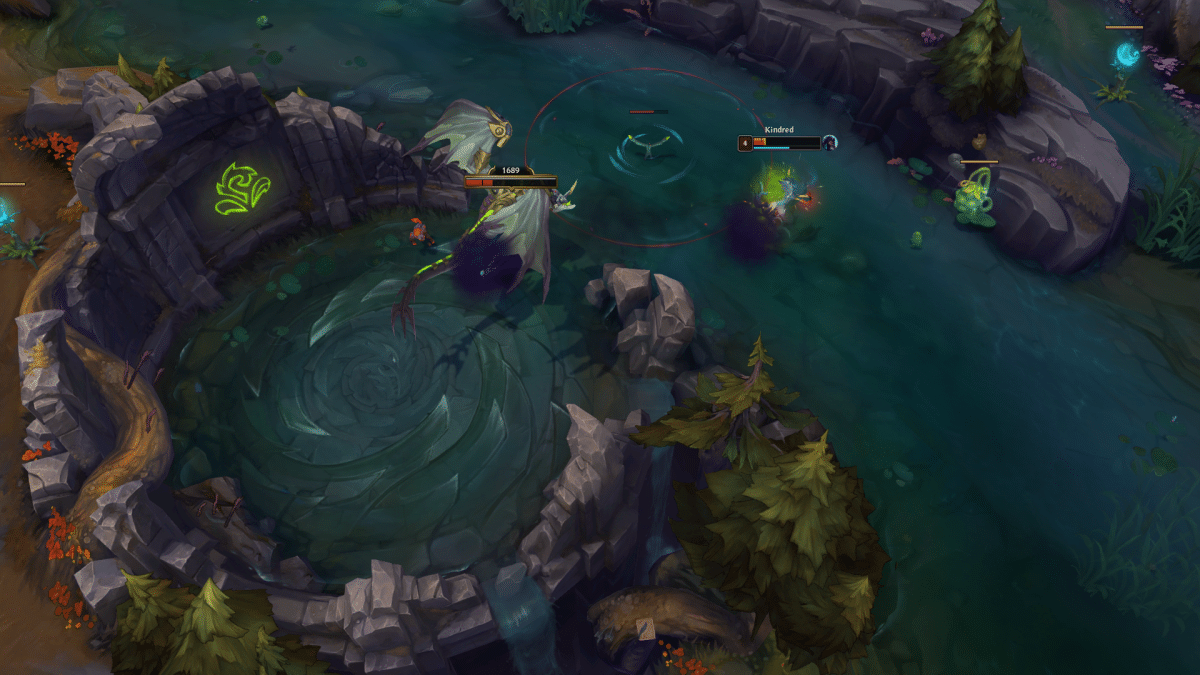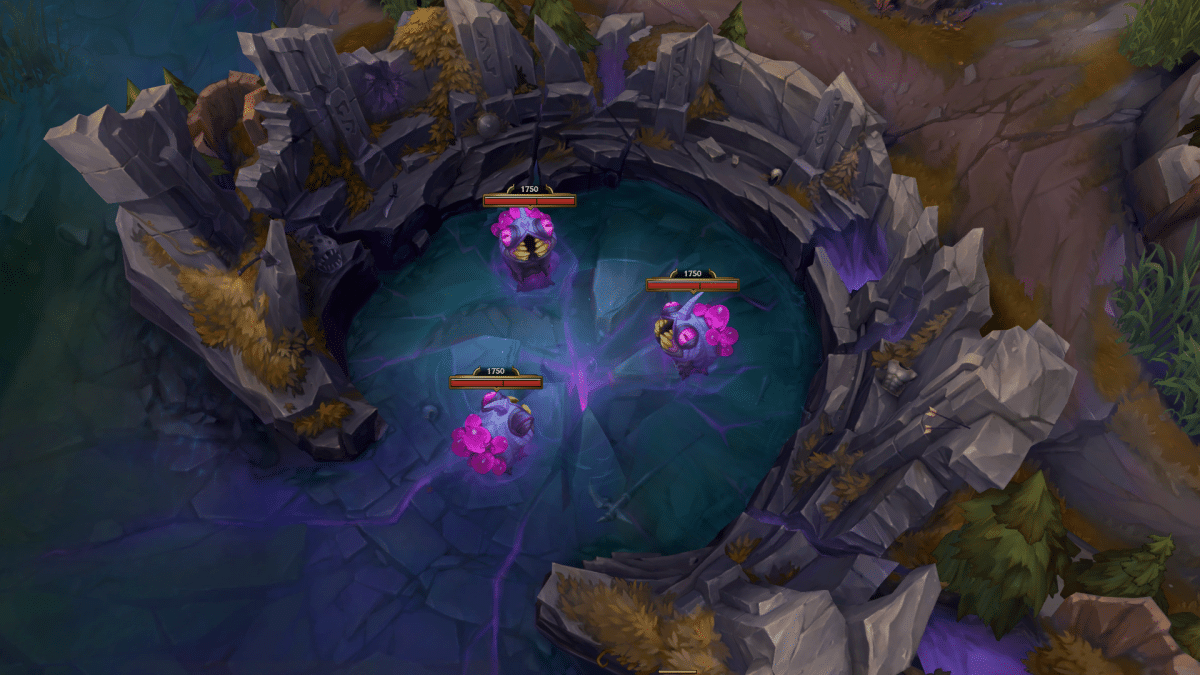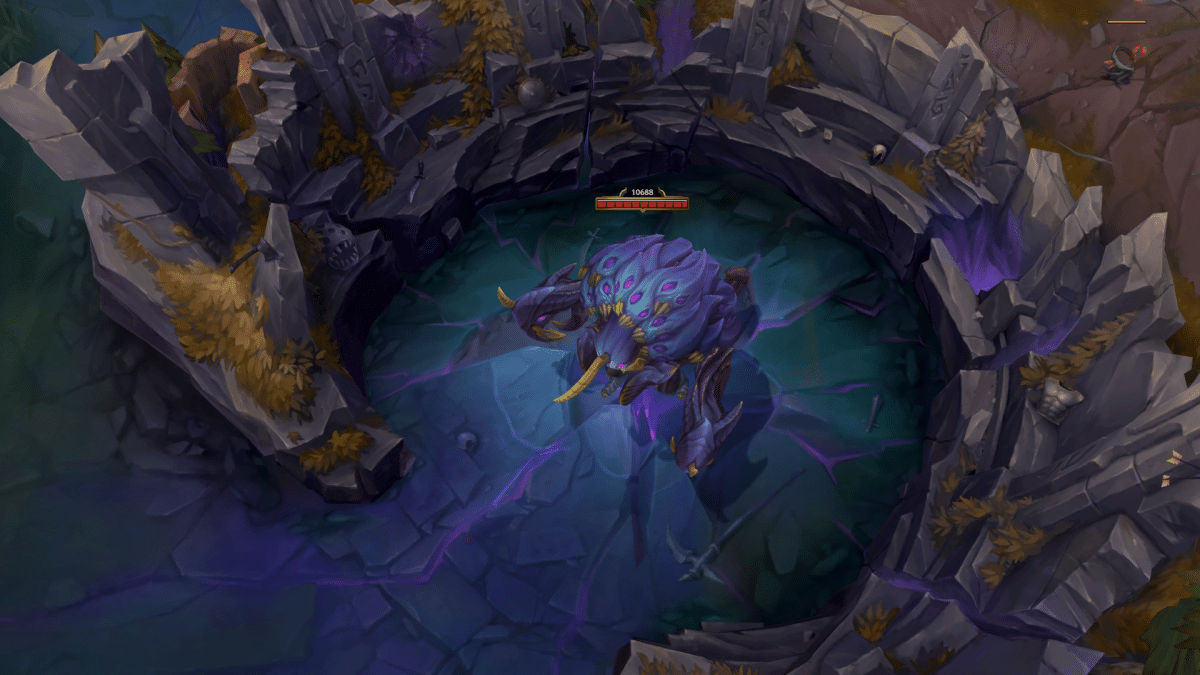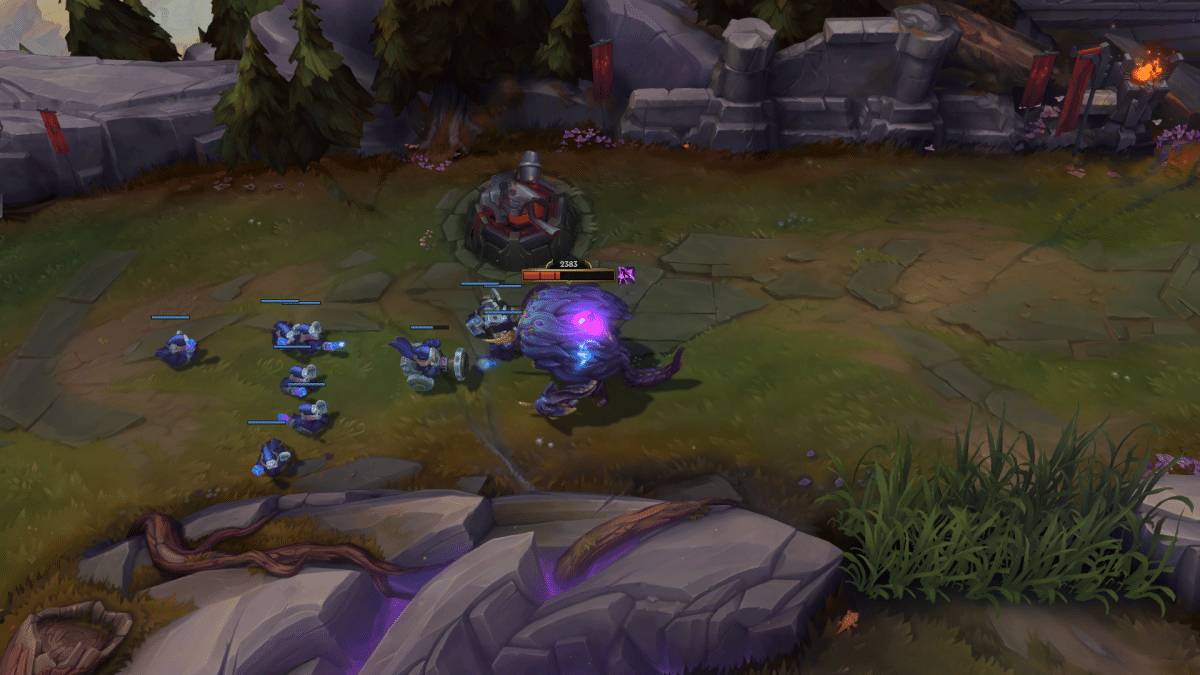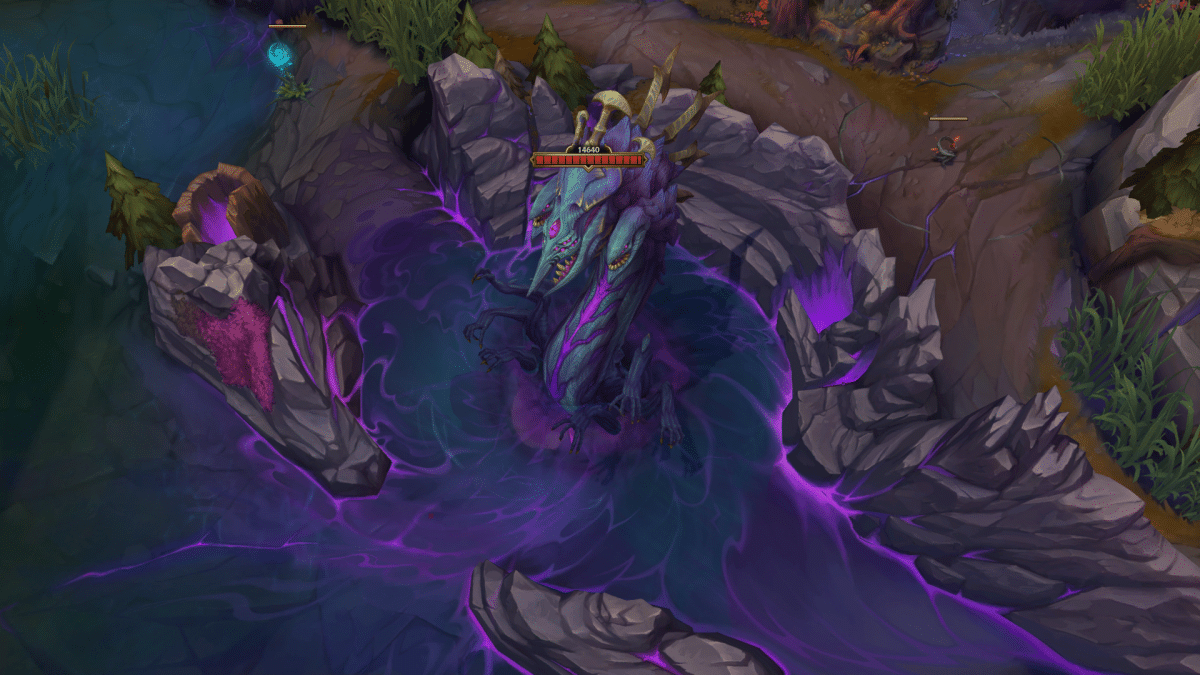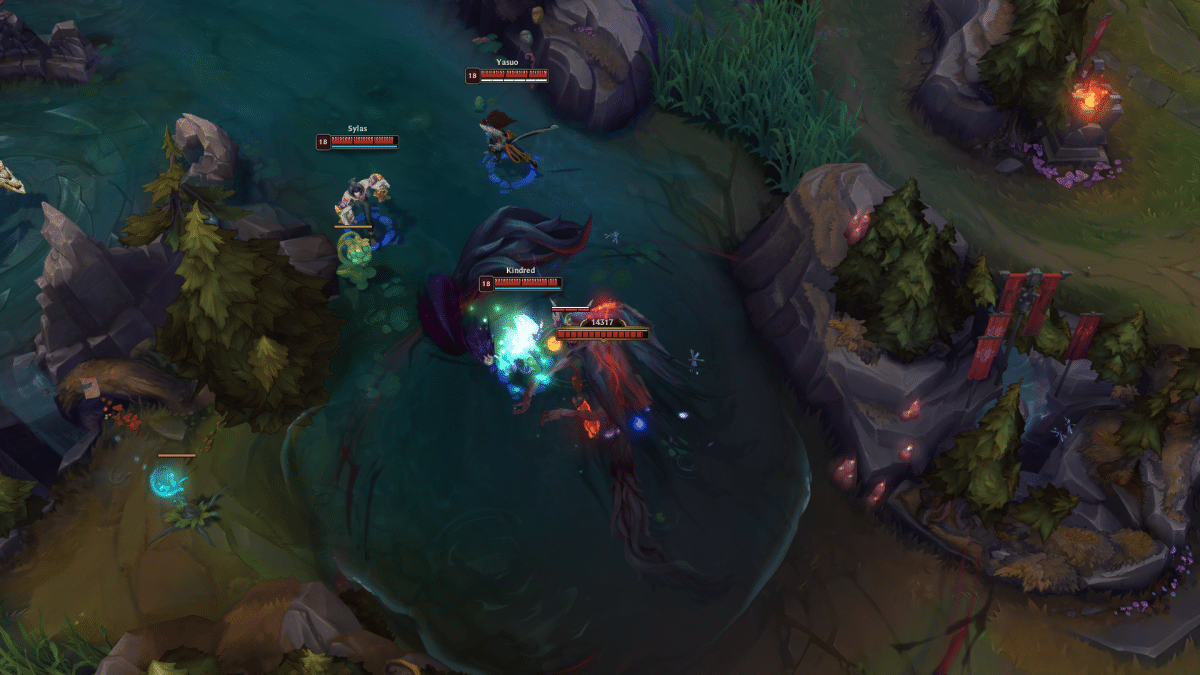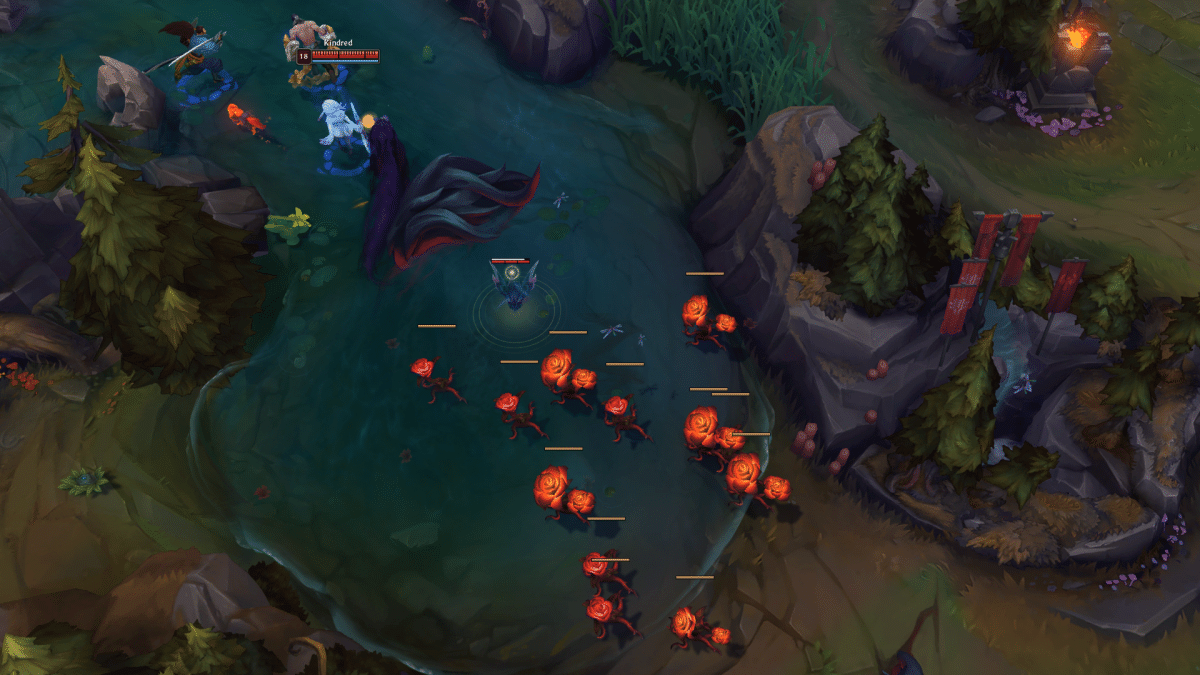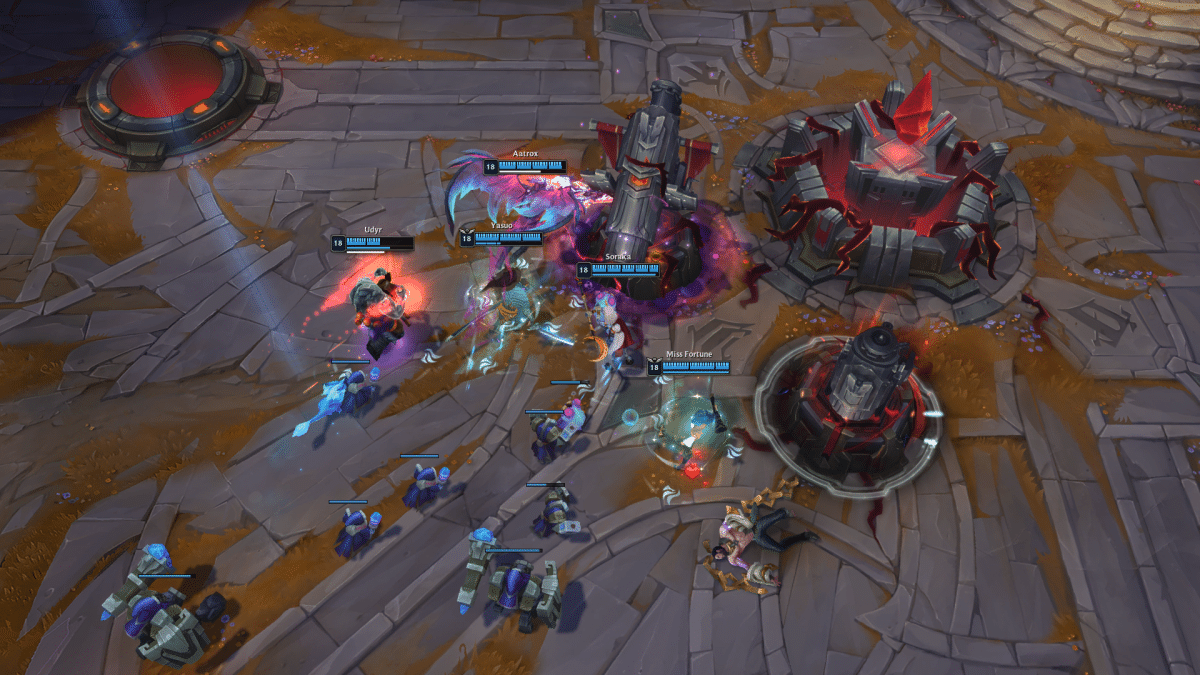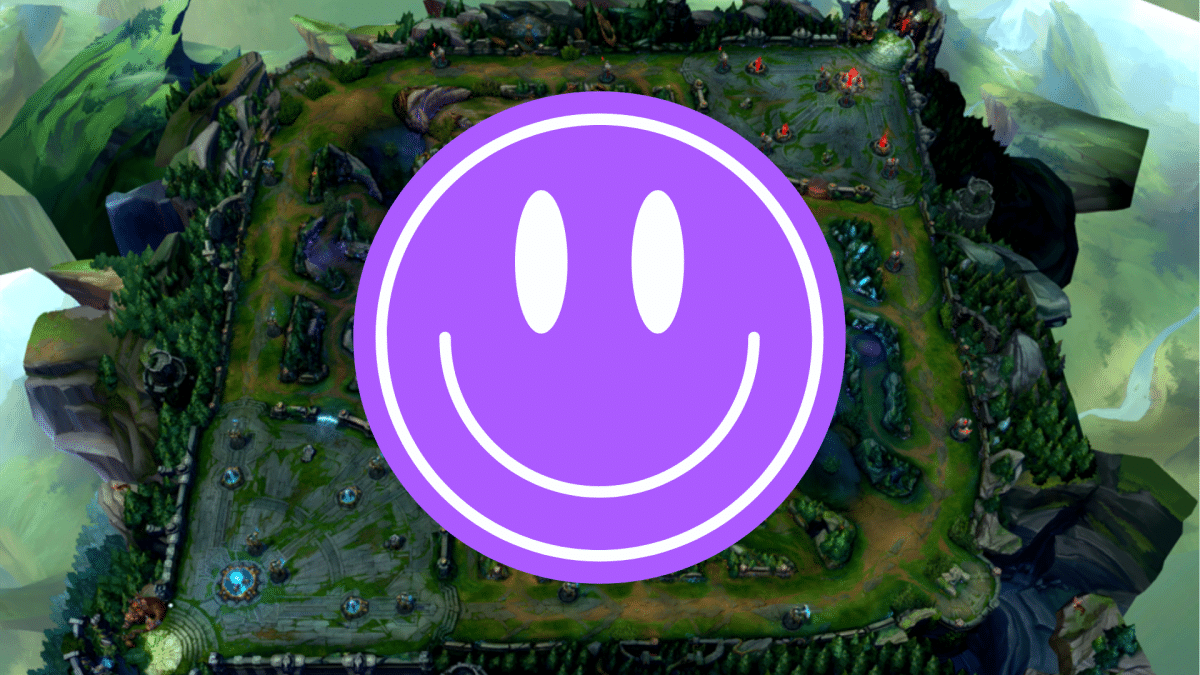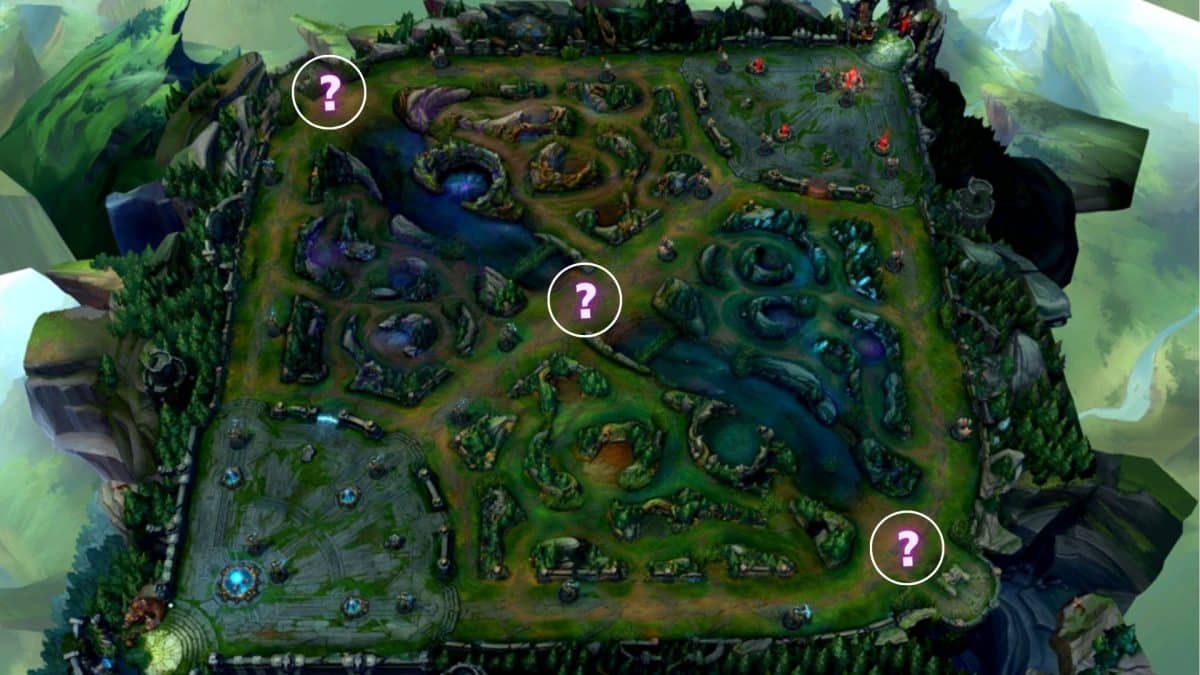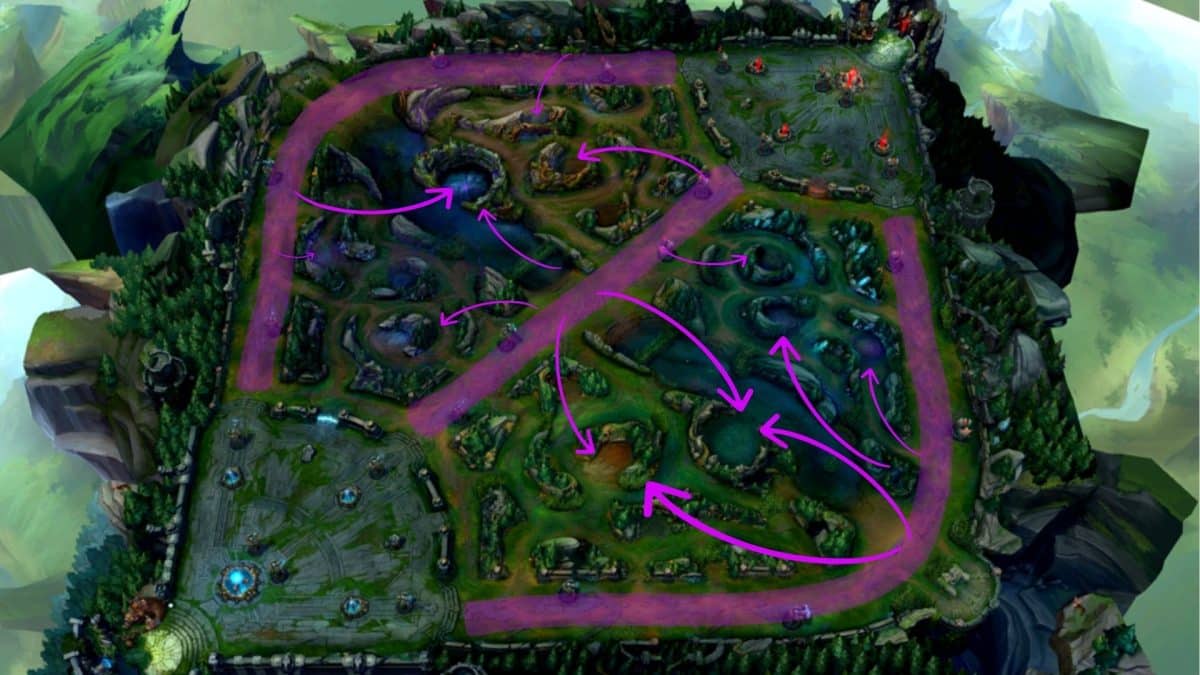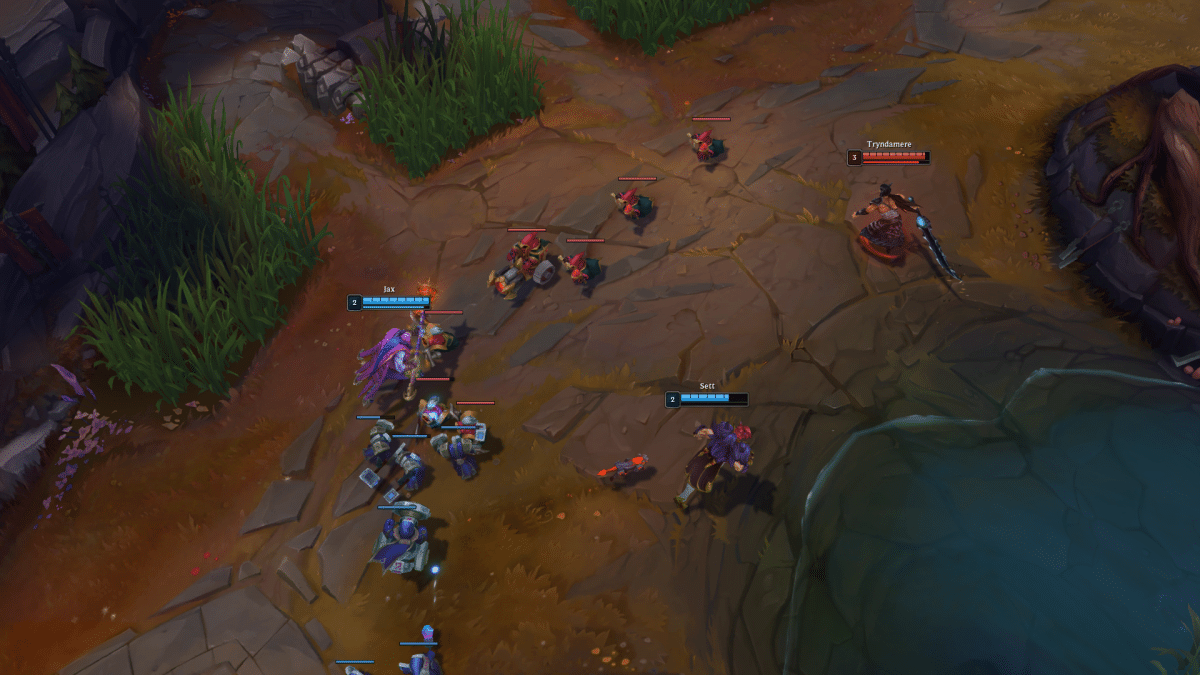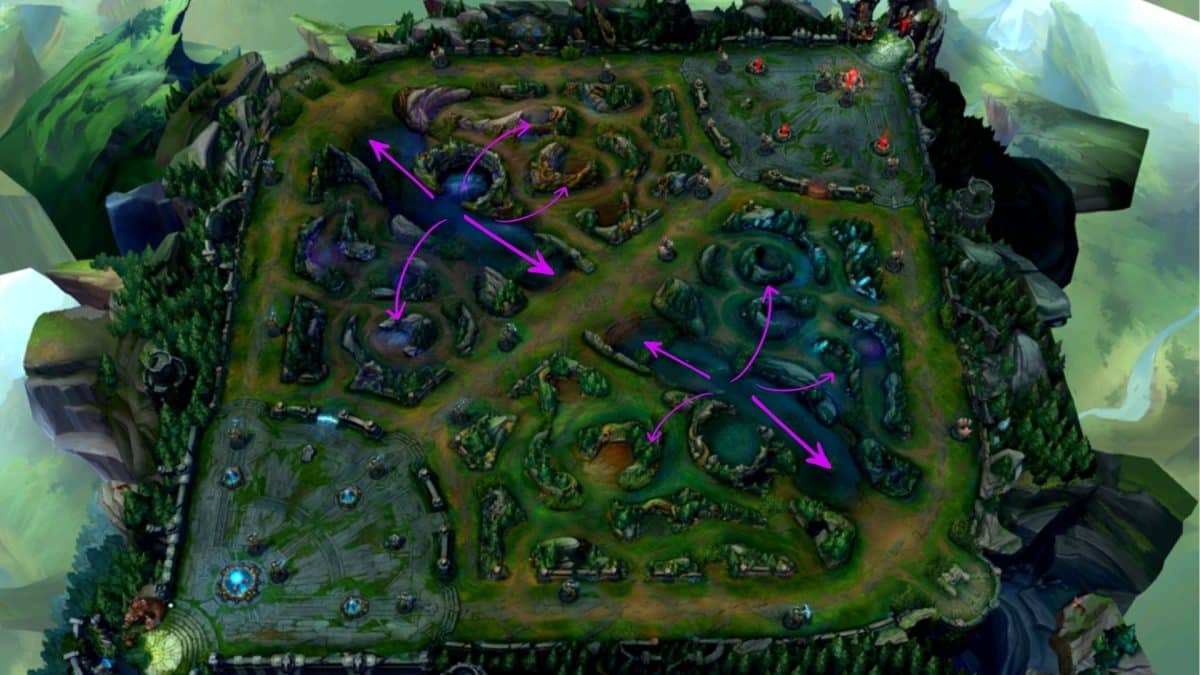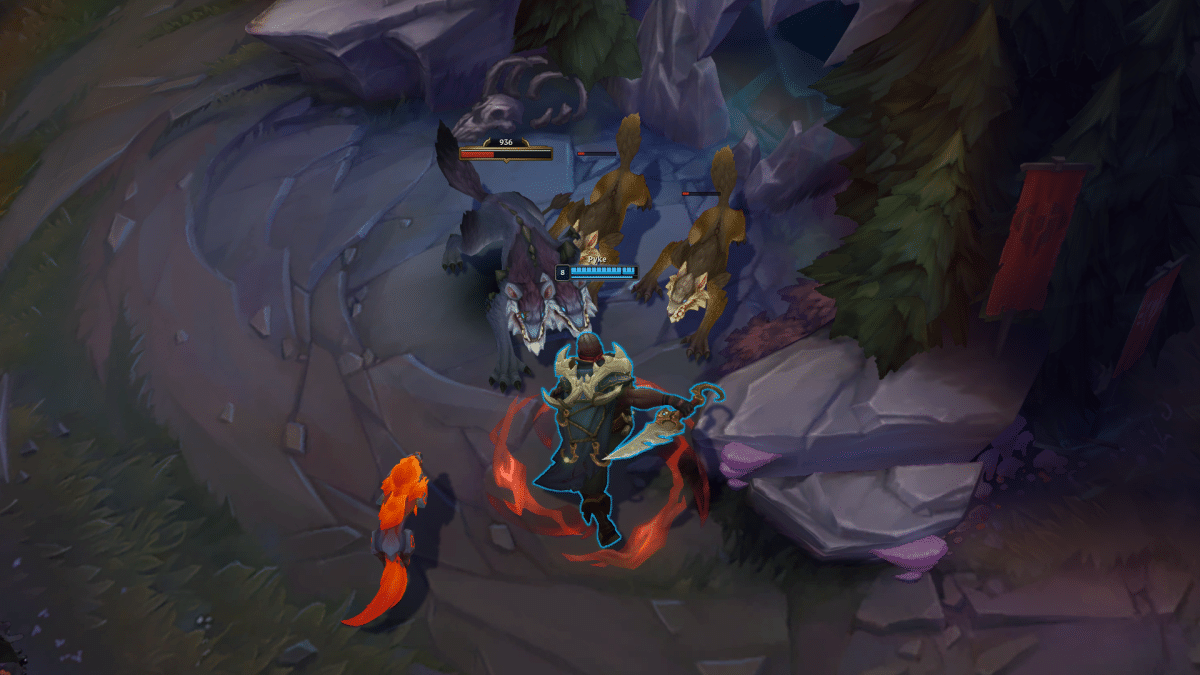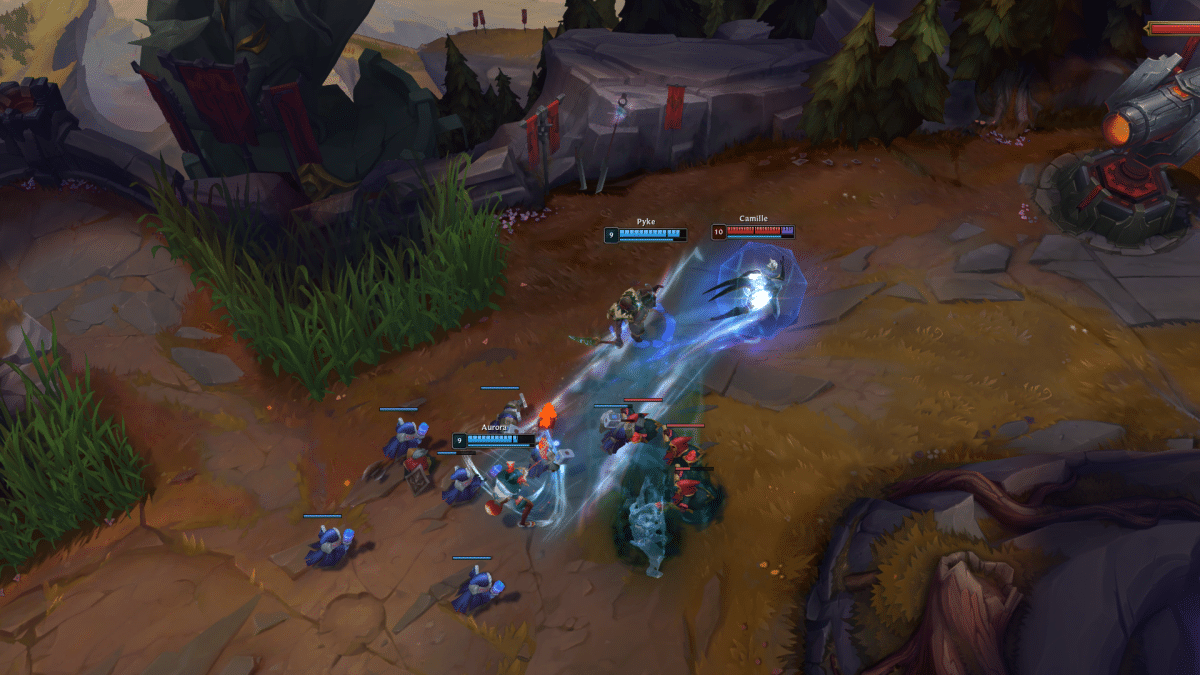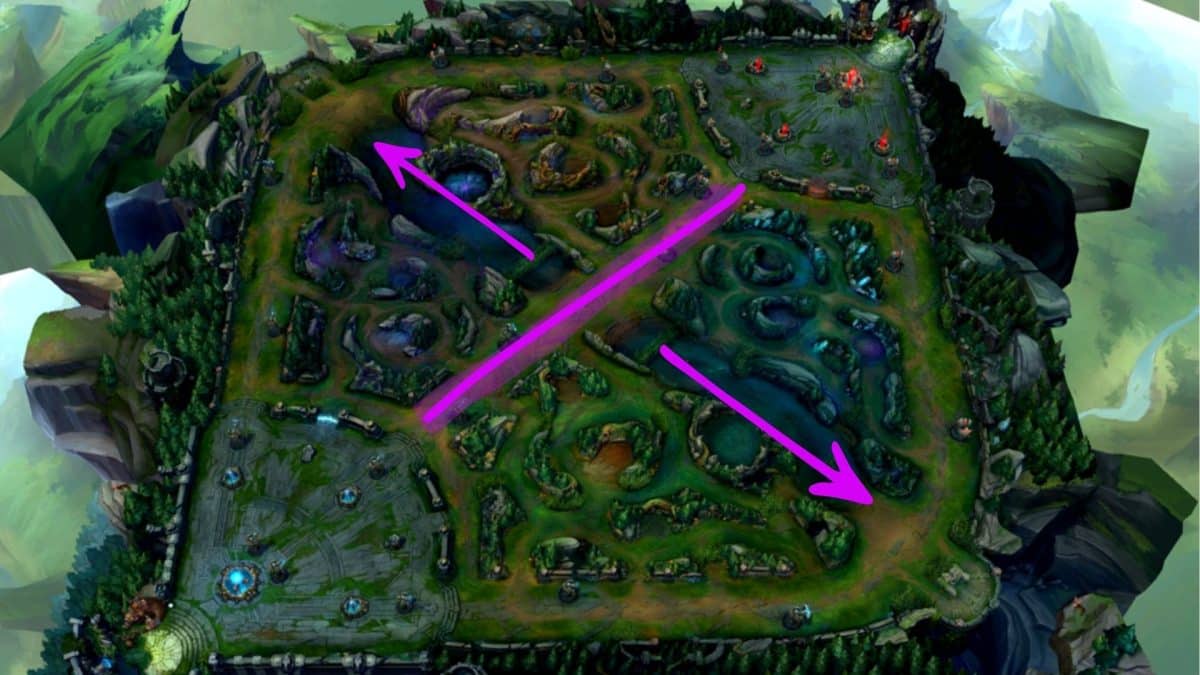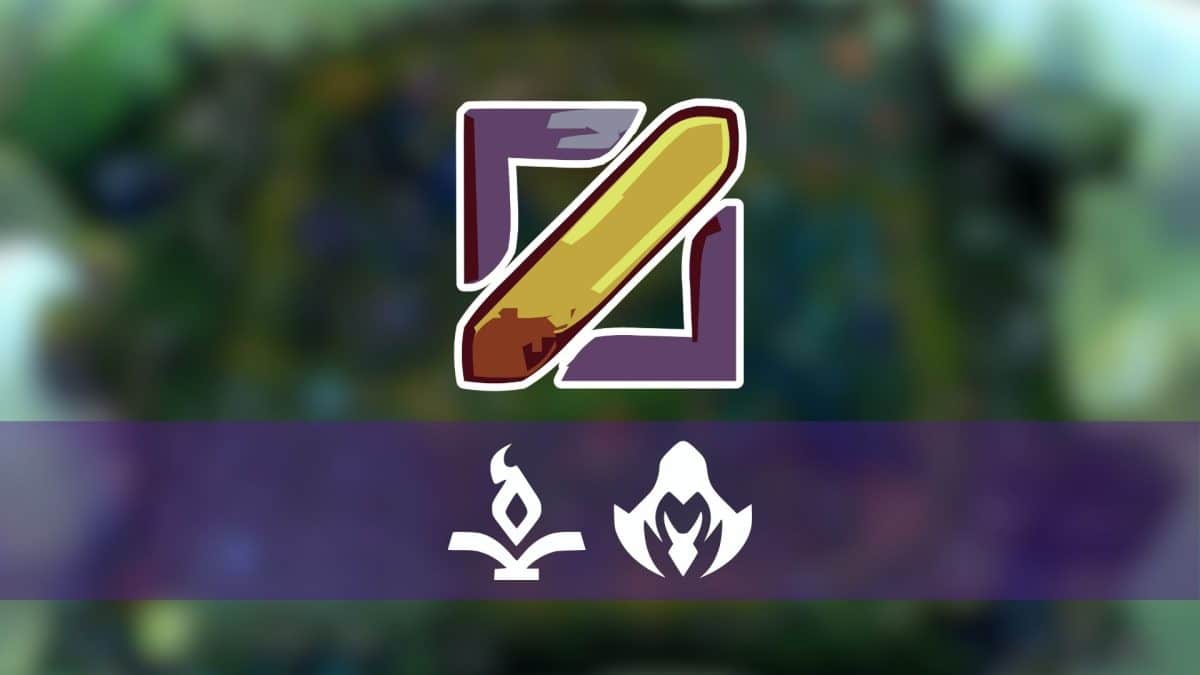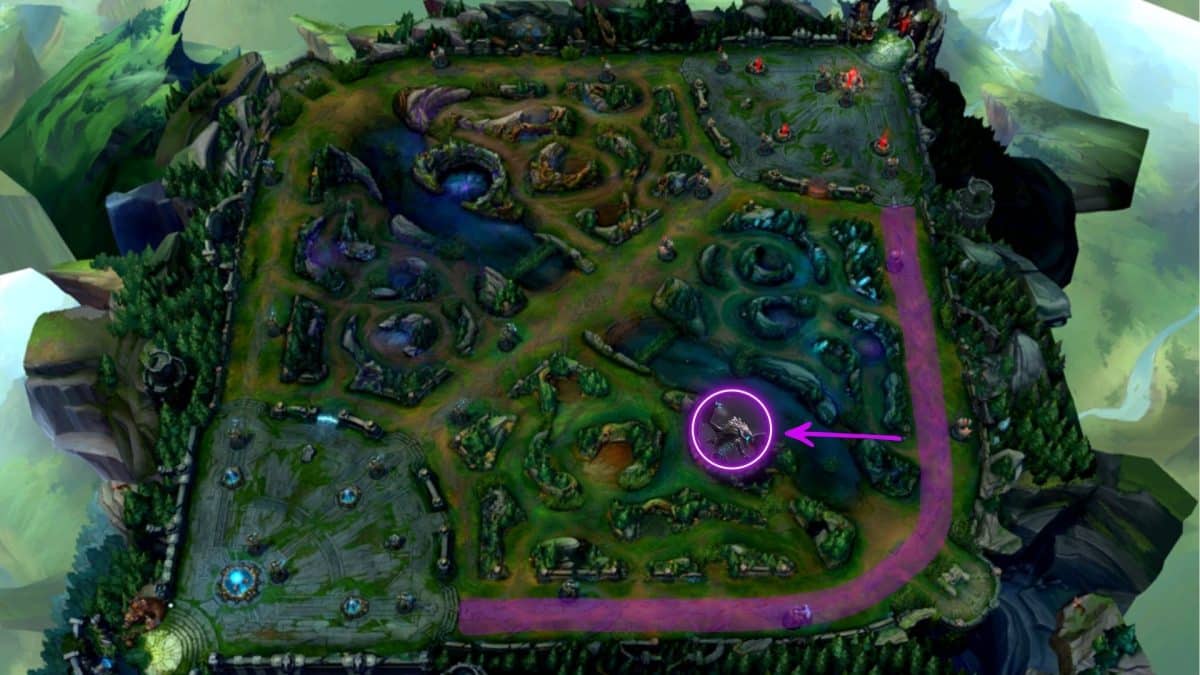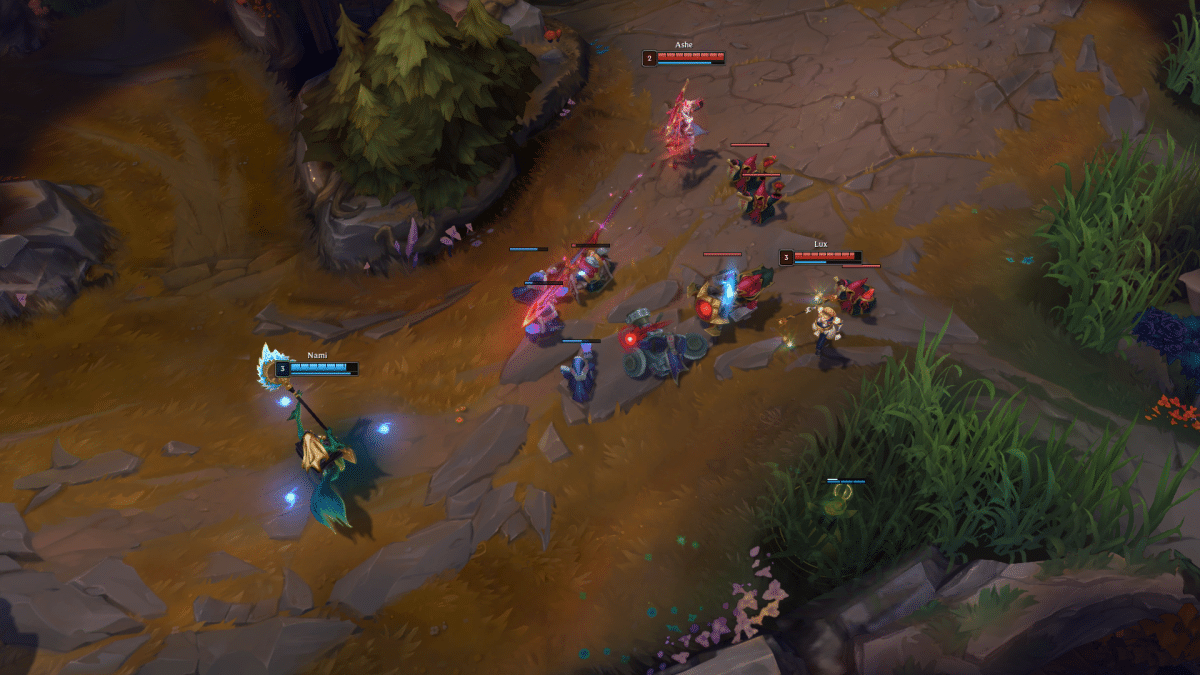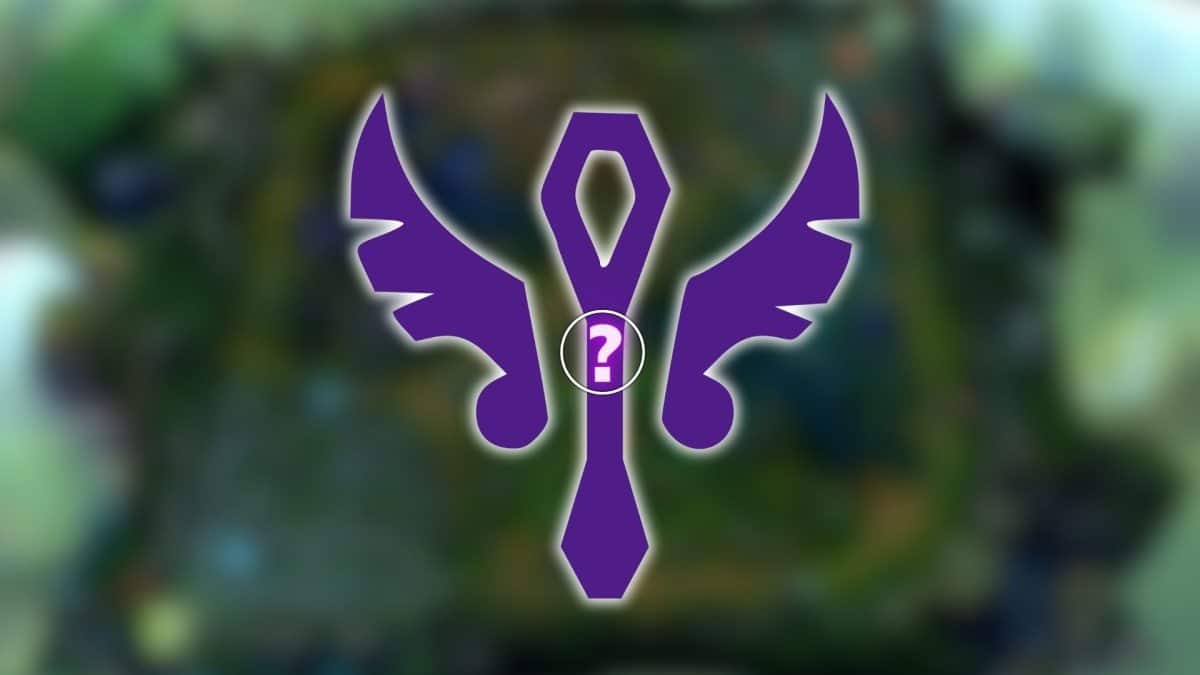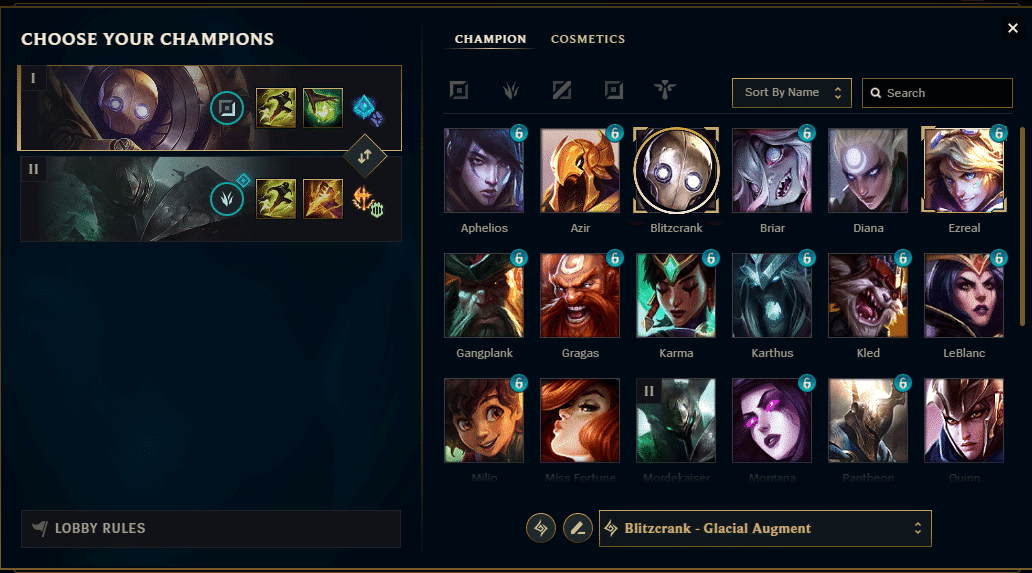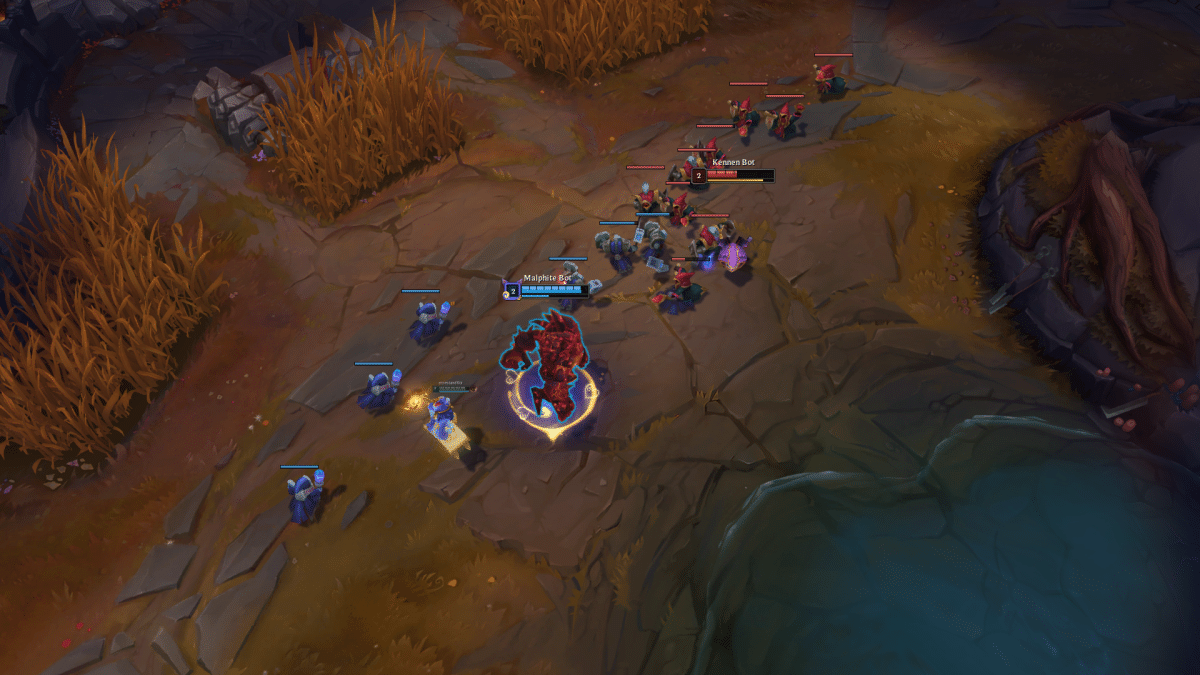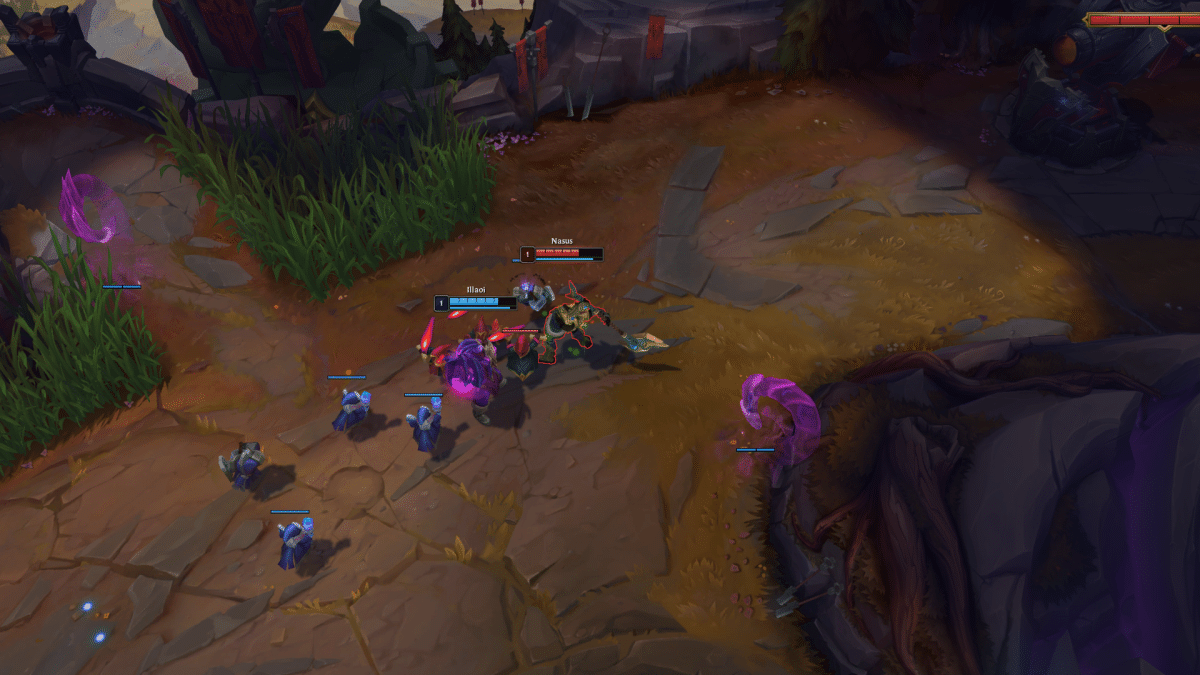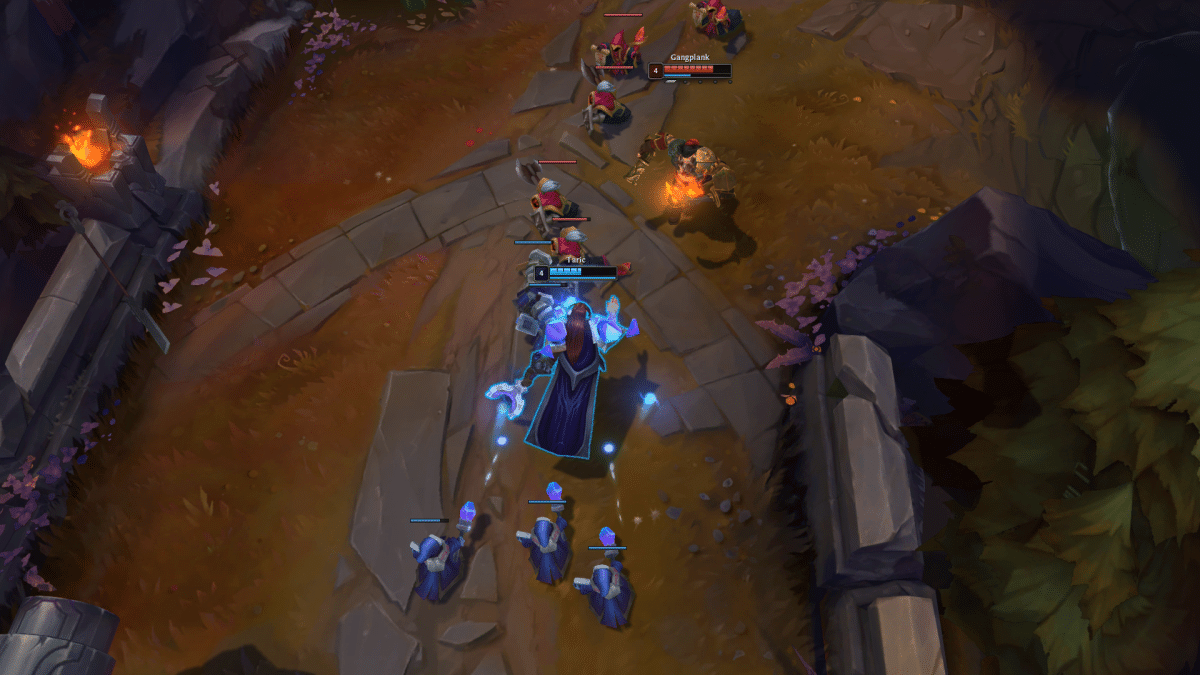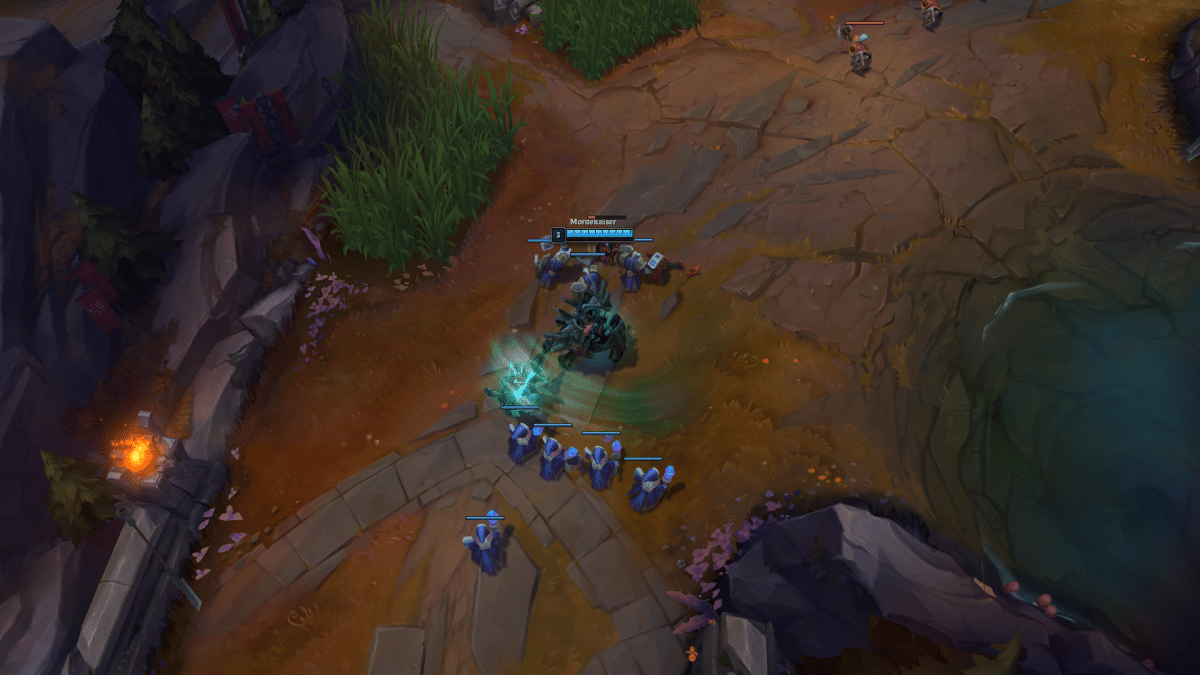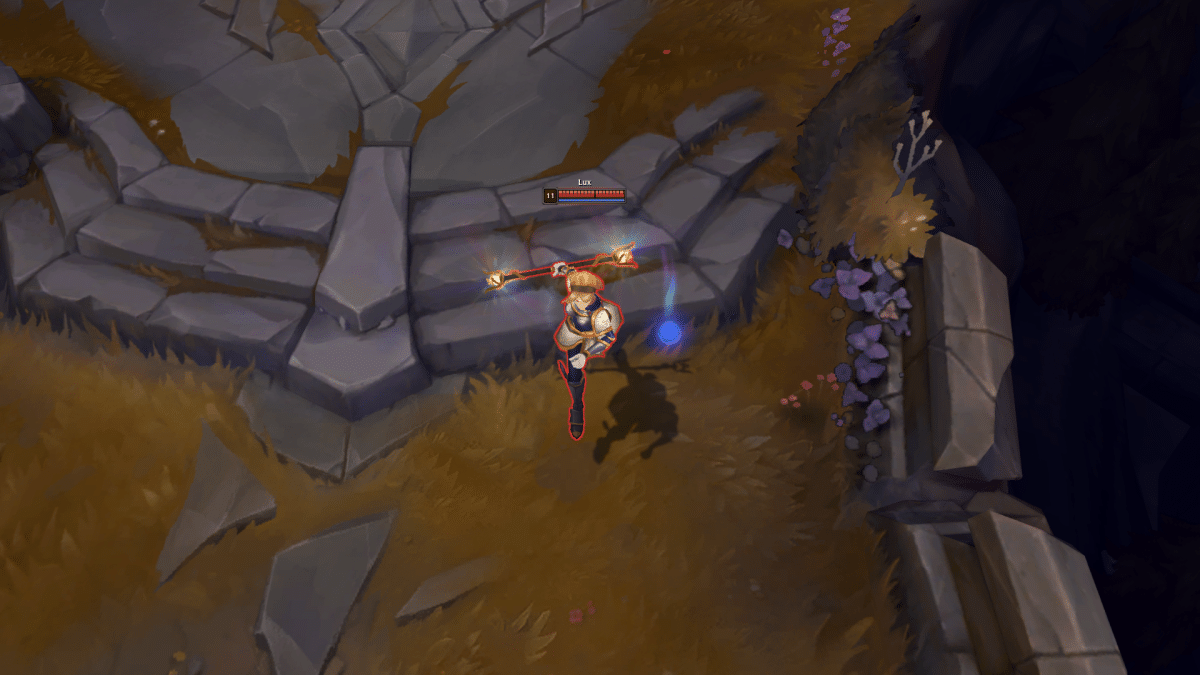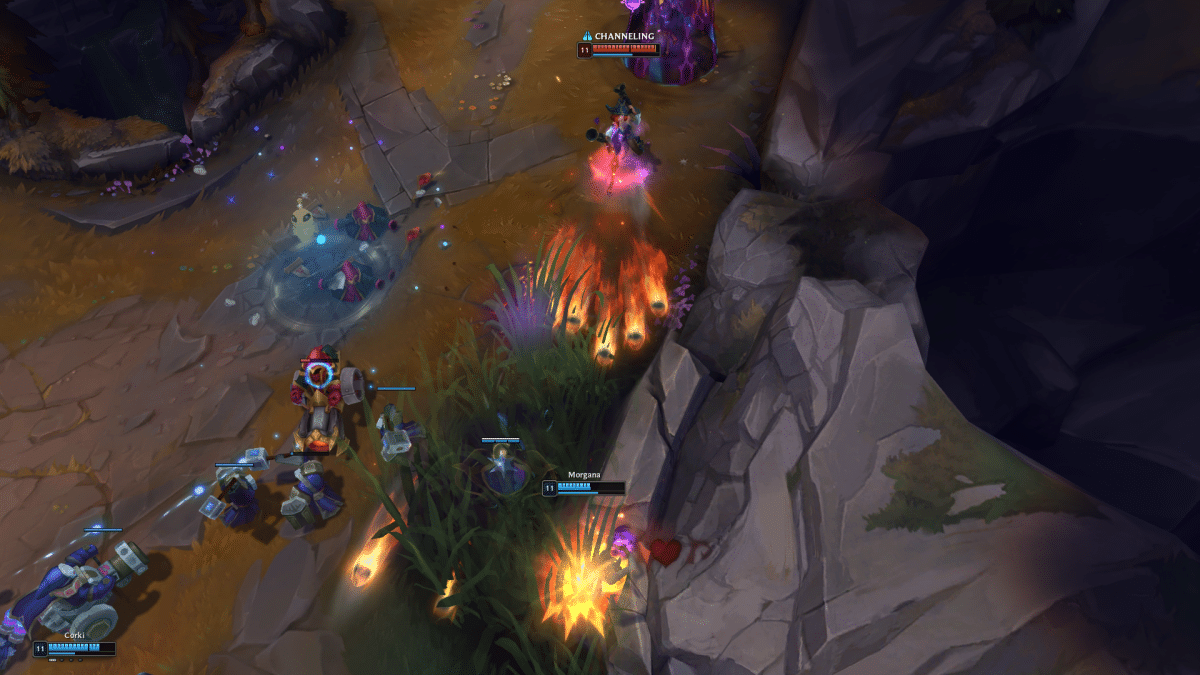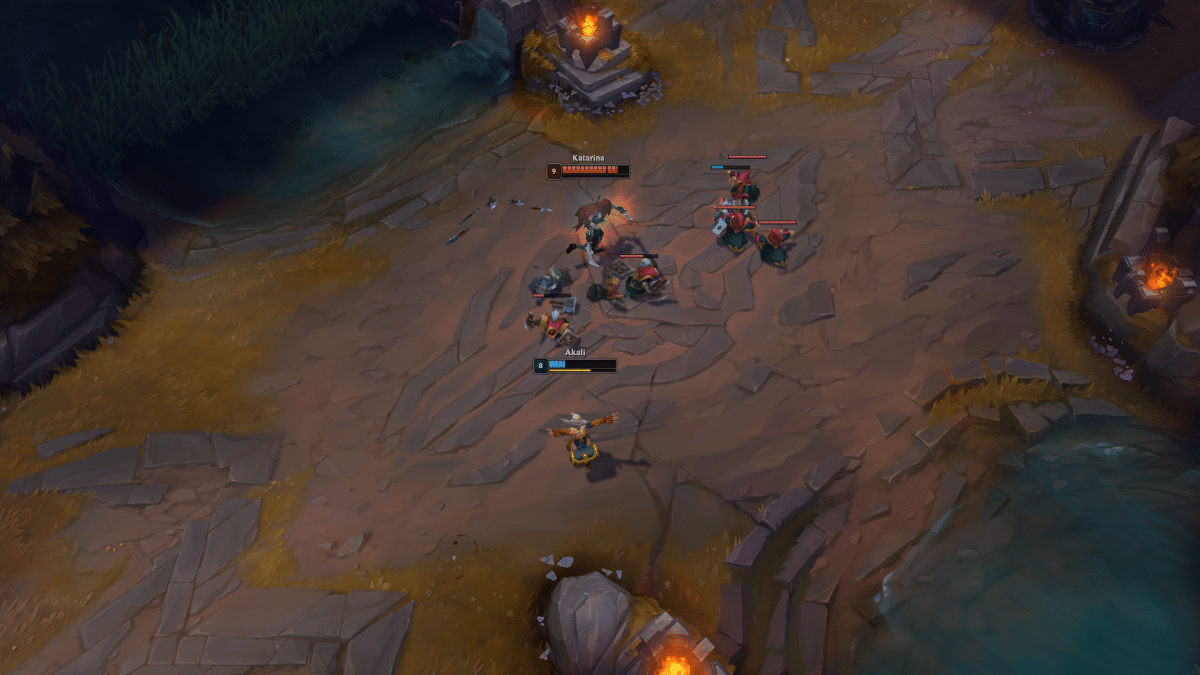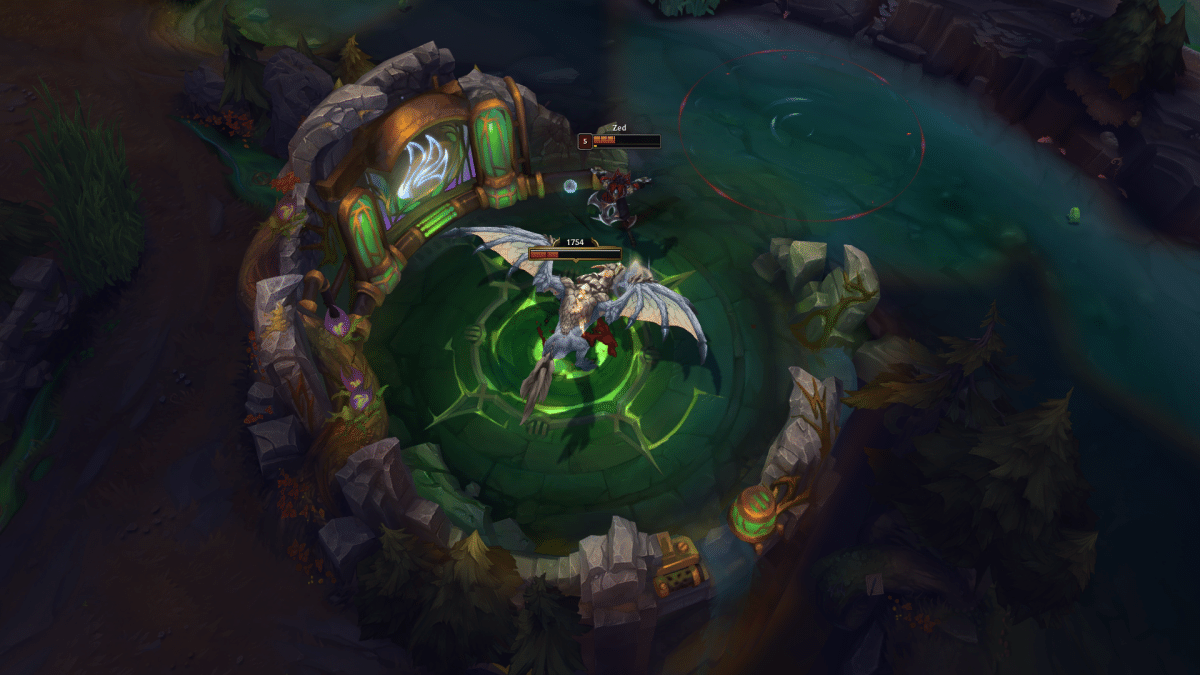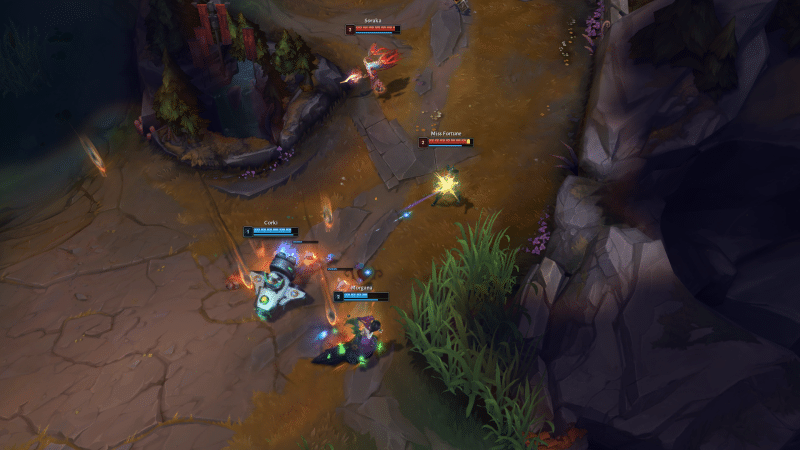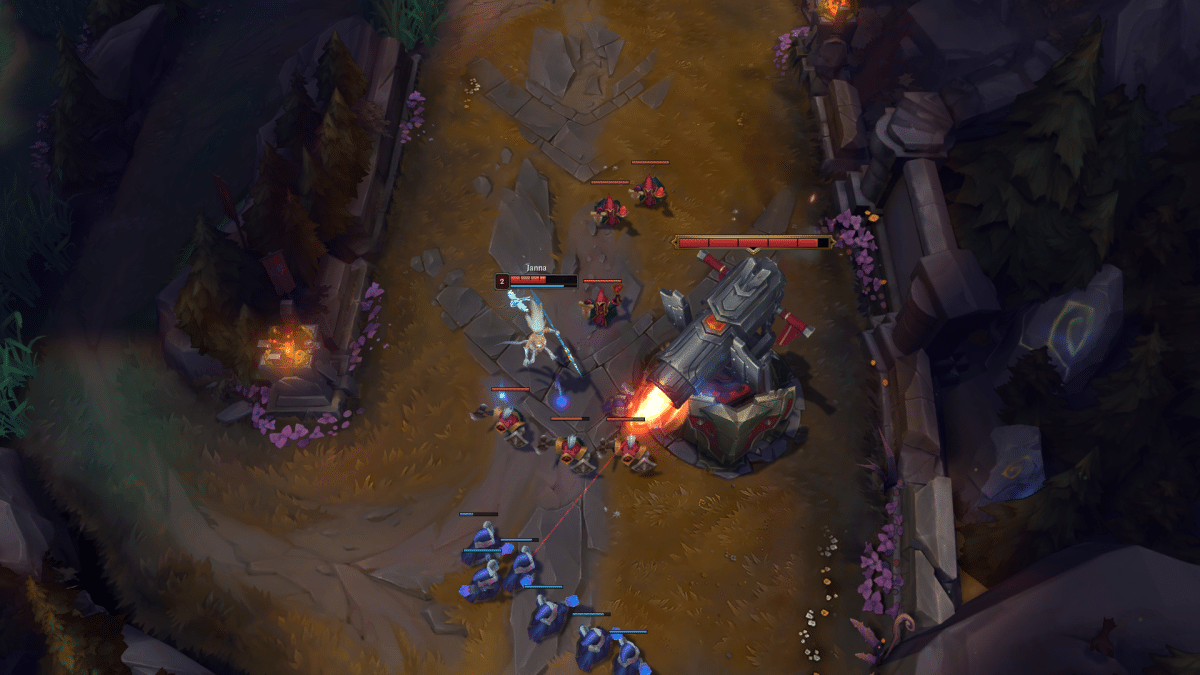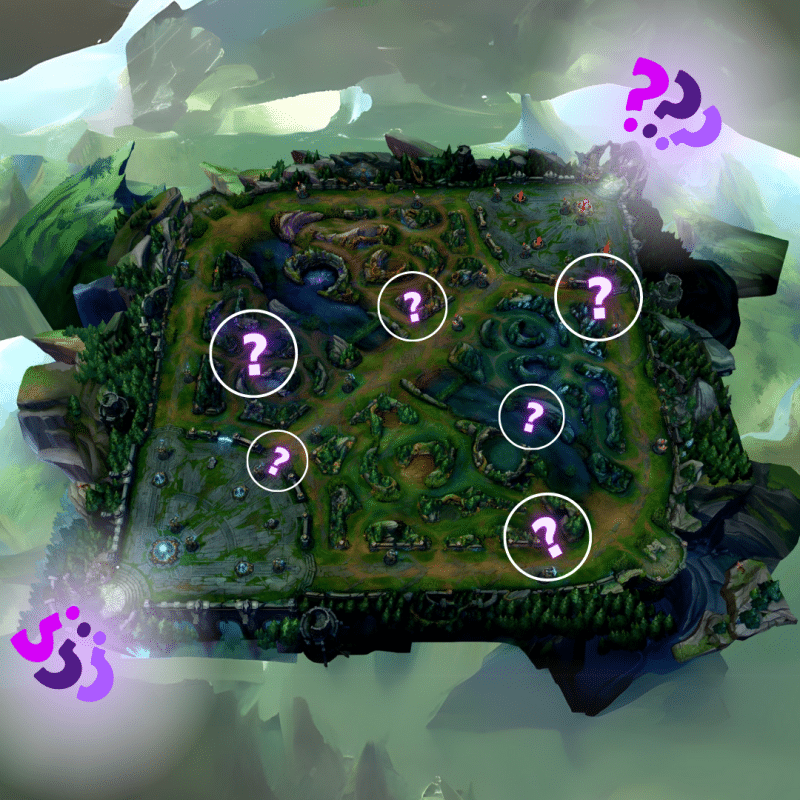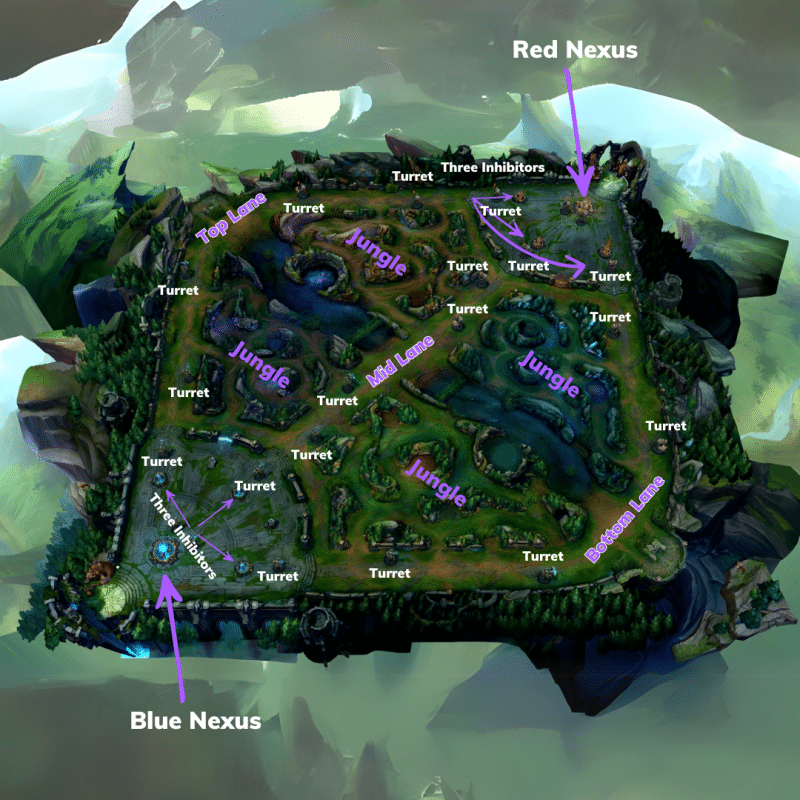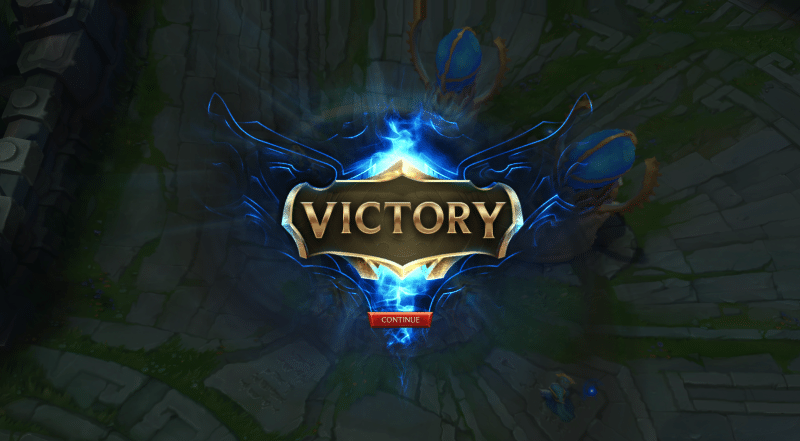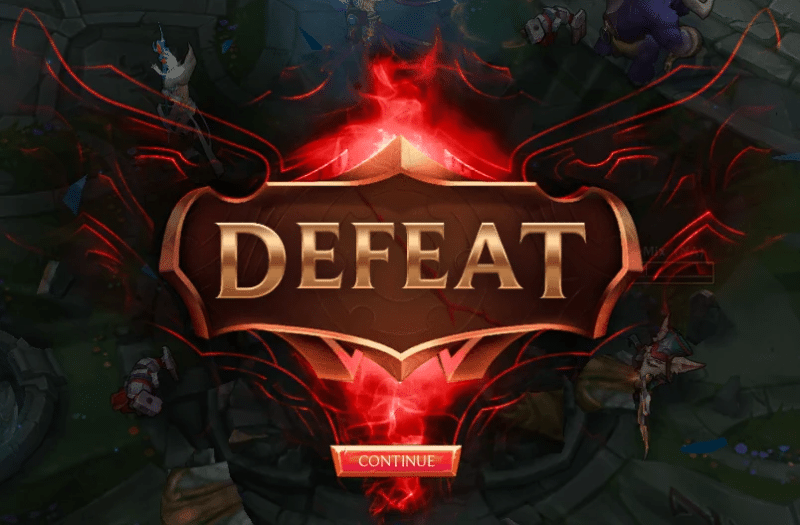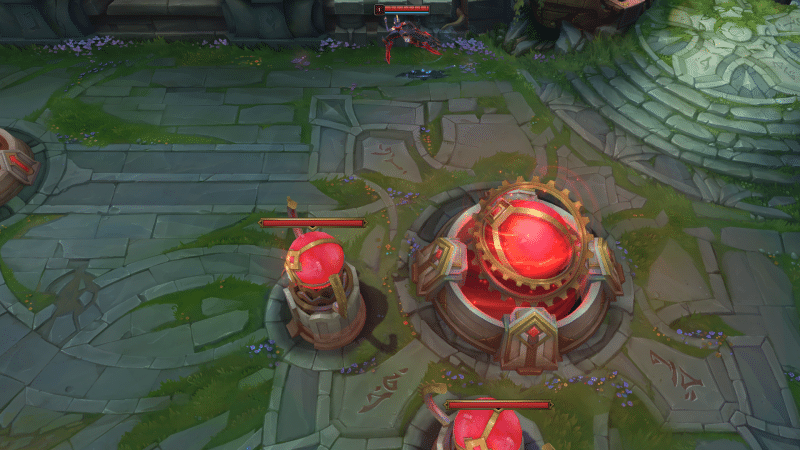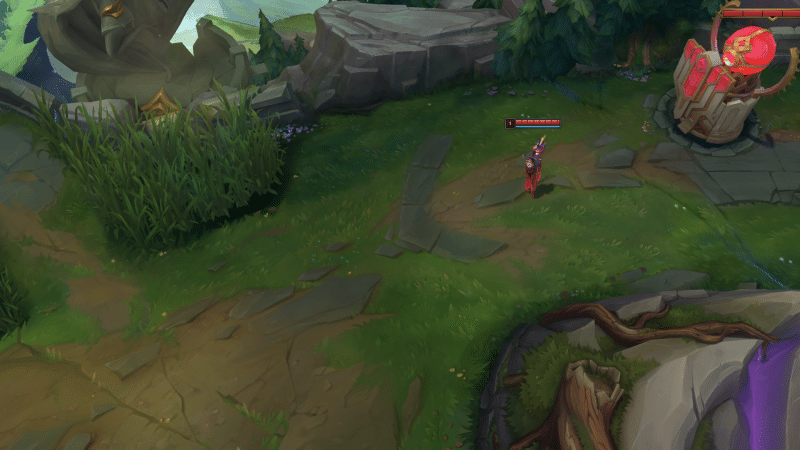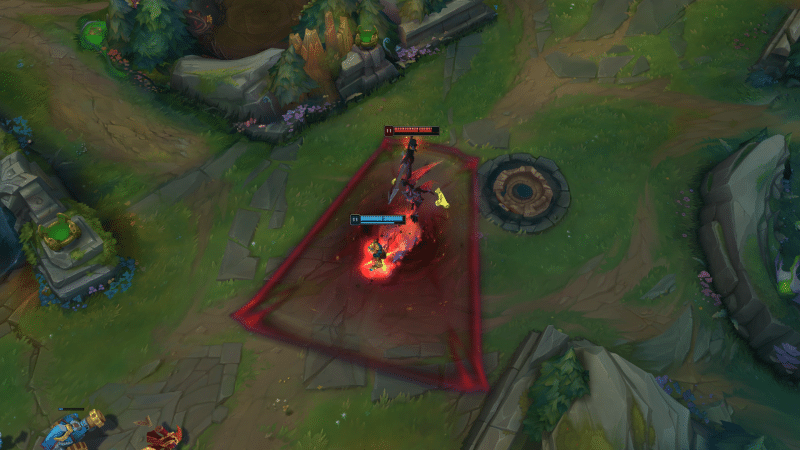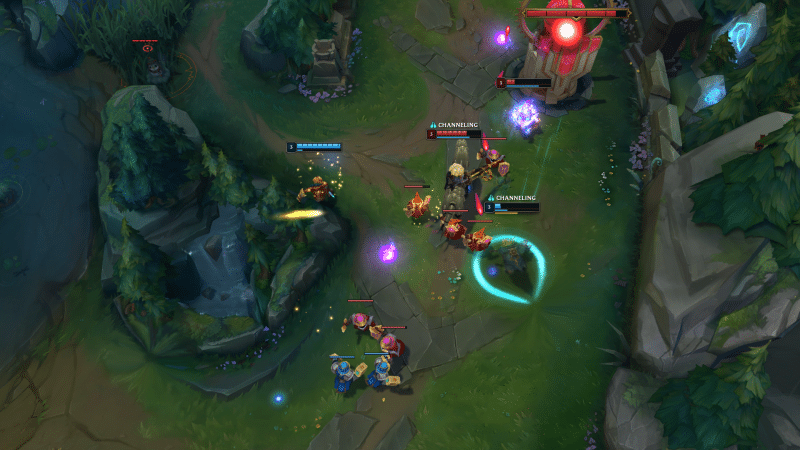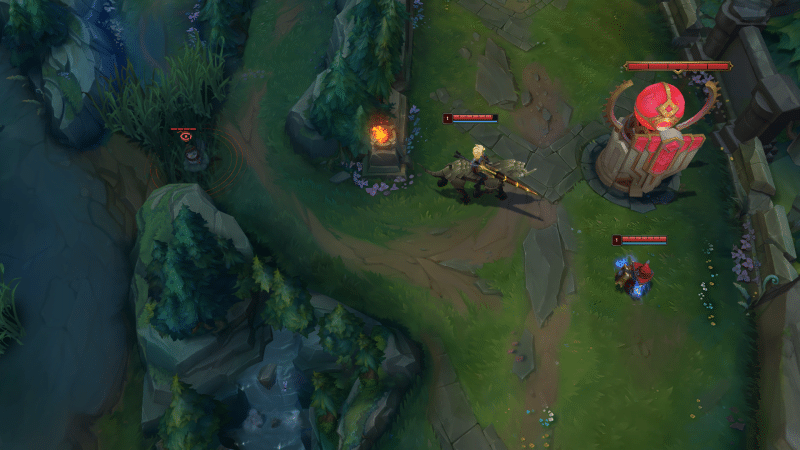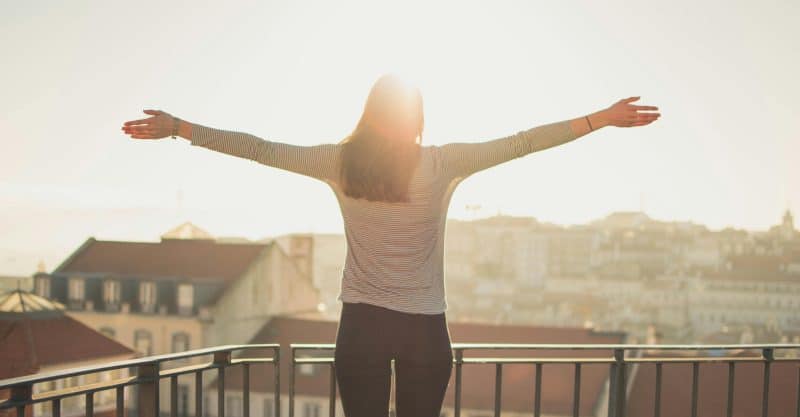Rhodiola rosea: Natural Stress Relief & Energy Booster
Rhodiola rosea – also known as golden root or Arctic root – is a powerful adaptogenic herb famed for its ability to help the body fight stress and fatigue. In today’s fast-paced world, many people are looking for natural ways to cope with anxiety, low energy, and burnout. This is where Rhodiola rosea shines. Used for centuries in traditional medicine to combat stress, anxiety, and depression, this hardy mountain plant is now a popular supplement for anyone seeking a mental and physical boost. Could this ancient “stress-busting” root be the key to more energy and better mood in your daily life? In this article, we’ll explore exactly what Rhodiola rosea is, how it works, its benefits and uses, and how you can incorporate it into your routine for improved well-being.
What is Rhodiola rosea?
Rhodiola rosea is a perennial flowering plant that grows in the cold, high-altitude regions of Europe and Asia. It’s considered an adaptogen, meaning it helps the body adapt to and resist the effects of stress. The herb’s thick yellow root is where the magic lies – it contains over 140 active compounds (like rosavin and salidroside) that are believed to contribute to its health effects. Rhodiola’s adaptogenic properties have made it a staple of traditional remedies in Russia, Scandinavia, and China for generations. If you’ve heard of “golden root,” “roseroot,” or even the term “Arctic root,” those are all referring to this same remarkable plant.
In practical terms, calling Rhodiola an adaptogen means it may help balance your system under stress. For example, rather than targeting one specific ailment, adaptogens like Rhodiola have a broad stabilizing effect – supporting your adrenal glands, nervous system, and mood-regulating neurotransmitters to better handle whatever life throws at you. This makes Rhodiola rosea a go-to natural aid in situations of chronic stress, whether it’s caused by a demanding job, intense study, physical exertion, or emotional strain.
Why Do People Use Rhodiola? (Causes & Circumstances)
Stressful lifestyle? Constant fatigue or “brain fog”? You’re not alone – and this is exactly why so many individuals turn to Rhodiola rosea. This herb’s reputation centers on the real-life challenges people face:
- Chronic stress and anxiety: If you often feel overwhelmed, Rhodiola’s stress-buffering effects can help you feel calmer and more resilient. It’s not a sedative, but rather it tones down the body’s stress response, helping with tension and anxious feelings. Many seek out Rhodiola during high-pressure periods (like exam season or work deadlines) to stay composed and focused.
- Fatigue and low energy: Perhaps you’re drained from long work hours or just battling everyday fatigue. Rhodiola is commonly used as a natural energizer. It helps fight the mental and physical tiredness that comes from insufficient rest or ongoing stress. Unlike caffeine which gives a quick jolt, Rhodiola works more subtly to improve endurance and reduce that “run-down” feeling over time.
- Depressed mood or burnout: When stress and exhaustion accumulate, they can lead to feelings of burnout or mild depression. Rhodiola rosea has been used traditionally to lift mood and is being researched for its potential antidepressant effects. People experiencing a low mood or burnout symptoms (like lack of enthusiasm and mental fatigue) may find Rhodiola helps restore some balance and positivity.
- Poor concentration and memory: Stress doesn’t only dampen mood; it can cloud your mind too. Students and professionals under pressure sometimes use Rhodiola to support cognitive function – reporting sharper focus, better memory retention, and less mental fatigue during mentally demanding tasks.
- Physical performance and endurance: Athletes and fitness enthusiasts are also drawn to Rhodiola. If you’re training hard or feeling exercise fatigue, Rhodiola might improve stamina and recovery. It’s thought to increase oxygen utilization and reduce exercise-induced oxidative stress, meaning you could power through a tough workout and bounce back faster.
In short, people turn to Rhodiola rosea when they’re feeling the strain – mentally, physically, or both. It’s the hectic schedules, high-stress jobs, energy slumps, and emotional lows that set the stage for this herb to be a potential ally. Understanding these circumstances can help you decide if Rhodiola aligns with your needs.
Top Health Benefits of Rhodiola rosea
Rhodiola’s popularity isn’t just due to tradition – a growing body of modern research supports many of its health claims. Here are some of the key benefits of Rhodiola rosea, and how they can make a difference for you:
-
Reduces Stress and Anxiety
One of the standout benefits of Rhodiola is its stress-reducing effect. Rhodiola can help modulate the release of stress hormones (like cortisol), resulting in a calmer physiological response to stressors. Many users report feeling less anxious and more level-headed when taking Rhodiola during stressful times. For instance, if you usually feel jittery and overwhelmed before presentations or during hectic days, Rhodiola may help take the edge off. By supporting your adrenal glands and nervous system, it essentially builds your stress resilience. This means you might not get as easily frazzled by daily challenges, leading to a steadier mood and a clearer mind even under pressure.
-
Fights Fatigue and Boosts Energy
Rhodiola rosea is often regarded as a natural energy booster. Unlike a quick caffeine buzz, Rhodiola’s anti-fatigue effect is more about increasing your baseline energy and reducing exhaustion over time. It helps combat both physical tiredness (say, muscle fatigue from exercise or a long day on your feet) and mental fatigue (that drained, can’t-think-straight feeling). Studies have found that people suffering from chronic fatigue felt improvements in their energy levels, concentration, and overall vitality after a few weeks of Rhodiola supplementation. If you hit an afternoon slump regularly or wake up feeling worn out, Rhodiola could help recharge your batteries. Users often notice they have more endurance during workouts, and less of that “crash” feeling during the day. More energy and less fatigue means greater productivity and a better capacity to enjoy your activities.
-
Improves Mood and Combats Depression
Another compelling benefit of Rhodiola is its potential to lift mood and ease symptoms of depression (particularly mild to moderate depression). It’s thought to work by balancing neurotransmitters in the brain, such as serotonin and dopamine, which play a major role in how we feel. By helping to regulate these chemicals, Rhodiola can contribute to reduced feelings of sadness, hopelessness, or emotional flatness. People who take Rhodiola for mood often report an increased sense of well-being, more interest in day-to-day activities, and less stress-related mood swings. Importantly, Rhodiola tends to have fewer side effects than conventional antidepressant medications, making it an attractive natural option for those who have mild depressive feelings or seasonal blues. Of course, if you have serious depression or anxiety, you should consult a healthcare professional for guidance. But for someone who feels their mood is low due to burnout or prolonged stress, Rhodiola rosea might provide a gentle uplift in combination with a healthy lifestyle.
-
Enhances Mental Focus and Cognitive Function
Need to stay sharp and focused? Rhodiola has you covered here as well. This adaptogen is known to support cognitive abilities – including memory, concentration, and mental stamina. By reducing mental fatigue and calming anxiety, Rhodiola indirectly boosts your ability to think clearly. Some research suggests it may increase the production of ATP (energy molecules) in brain cells and reduce oxidative damage, which means your brain can work more efficiently. In practical terms, whether you’re a student prepping for exams or a professional juggling complex tasks, Rhodiola can help cut through brain fog. Users often experience better mental clarity, find it easier to stay on task, and feel less mentally drained at the end of a long day of intellectual work. It’s like giving your brain a bit of endurance training – you may find you can read, write, or problem-solve for longer periods without losing focus.
-
Boosts Physical Performance and Stamina
Rhodiola rosea isn’t just for mental performance; it’s widely used to enhance physical performance too. If you’re an athlete or simply trying to get in better shape, Rhodiola might improve your exercise capacity. It has been shown to increase endurance by helping the heart and muscles use oxygen more efficiently and by delaying the buildup of fatigue toxins. This means you might run that extra mile or do a few more reps thanks to Rhodiola’s ergogenic (work-enhancing) effect. Additionally, because Rhodiola aids stress reduction, it can lower exercise-induced stress on the body, aiding recovery. Some studies have noted that Rhodiola supplementation leads to less muscle damage and soreness after intense workouts, meaning you recover faster and can train more consistently. Even if you’re not a competitive athlete, if your daily life is physically demanding or you’re often on your feet, the increased stamina from Rhodiola can help you power through the day with less exhaustion.
Bonus: Other Potential Benefits – Beyond the core areas above, emerging research is looking at Rhodiola’s effects on things like cognitive decline, immune function, and even blood sugar regulation. There are indications it might help keep the brain healthy as we age and possibly assist in managing stress-related high blood sugar. These areas are still being studied, but it’s exciting to see this herb’s potential expanding.
How to Take Rhodiola rosea
Ready to harness the benefits of Rhodiola? Here’s how you can incorporate Rhodiola rosea into your routine safely and effectively:
- Supplement Forms: Rhodiola most commonly comes as a supplement in capsule or tablet form. Extracts are typically standardized to contain a certain percentage of rosavins and salidroside (key active compounds). You can find it on its own or in “stress support” blends. Ensure you choose a reputable brand that clearly labels Rhodiola rosea (there are other Rhodiola species, but rosea is the most studied and potent).
- Tea and Tinctures: If you prefer a more traditional approach, you can try Rhodiola tea or tinctures. Rhodiola tea is made by steeping the dried root in hot water – it has a slightly roselike, bitter taste. Tinctures are concentrated liquid extracts (often alcohol-based) that you can take by drops; they’re fast-absorbing and convenient for adjusting dosage.
- Typical Dosage: A common effective dose for Rhodiola rosea extract (standardized) ranges from 200 mg to 400 mg per day. Many studies on stress and fatigue used ~400 mg daily. It’s often recommended to start on the lower end (e.g., 100-150 mg twice daily or 200 mg once daily) to see how you respond, then increase if needed. For general stress relief and energy, some people find as low as 200 mg works, whereas for pronounced fatigue or burnout, 400 mg may be more helpful.
- Timing: It’s usually best to take Rhodiola in the morning or early afternoon. Because it can be stimulating for some people, taking it late in the day or at night might interfere with sleep. Many users take it with breakfast to set a positive tone for the day. If taking a larger dose (400 mg), you can split it into morning and lunchtime doses.
- Cycle Usage: Some experts suggest using Rhodiola in cycles (for example, take it daily for 6-12 weeks, then take a break for a week or two) rather than continuously for years on end. This isn’t a hard rule, but cycling may help maintain its effectiveness and give your body a rest. Always follow the guidance on the product label or your healthcare provider’s instructions.
- Combining with Other Supplements: Rhodiola often pairs well with other adaptogens or nutrients. For instance, some take it alongside ashwagandha (another adaptogen) for comprehensive stress support, or with B-vitamins and magnesium for energy. However, be cautious with stimulants – if you drink a lot of caffeine, introduce Rhodiola slowly to ensure you don’t feel overstimulated.
Side Effects and Safety Considerations
Rhodiola rosea is generally well-tolerated, but like any supplement it’s important to be aware of potential side effects and precautions. Most people experience few or mild side effects, especially when sticking to recommended dosages. That said, here are some things to keep in mind:
- Possible Side Effects: A small number of users report insomnia or difficulty sleeping if they take Rhodiola too late in the day (due to its energizing nature). Others might experience restlessness, jitteriness, or irritability, especially at high doses or when combined with other stimulants. Occasionally, dry mouth, dizziness, or headaches have been noted. Rarely, Rhodiola can cause digestive upset (like stomach ache or nausea). If any of these occur, consider lowering the dose or taking Rhodiola with food.
- Allergic Reactions: Allergies to Rhodiola are uncommon, but always possible. If you were to experience symptoms like rash, itching, swelling, or trouble breathing after taking it, discontinue use and seek medical attention.
- Interactions with Medications: Rhodiola may interact with certain medications. If you’re on antidepressants or anti-anxiety medications, be cautious – Rhodiola also influences brain chemicals and could potentially amplify or interfere with these meds. It might also interact with stimulants (like ADHD medications), or medications for blood pressure or diabetes (because adaptogens can sometimes affect blood sugar or blood pressure levels). Always check with your doctor if you take any regular medications to ensure adding Rhodiola is safe.
- Who Should Avoid Rhodiola: There are some groups who should either avoid Rhodiola or use it only under professional supervision. These include:
- Pregnant or breastfeeding individuals: There isn’t enough research to guarantee safety for expecting or nursing mothers, so it’s best to avoid it during this time.
- Individuals with bipolar disorder or severe mental health conditions: Because Rhodiola can be stimulating and affect mood neurotransmitters, those with bipolar disorder (especially mania risk) should only use it if a doctor approves.
- People with autoimmune conditions: Rhodiola might stimulate the immune system, which could be an issue for autoimmune disorders.
- Children: Rhodiola is generally not recommended for young children due to lack of research on that population.
- Surgery: Since Rhodiola can affect stress responses and possibly blood pressure, it’s advised to stop using it a couple of weeks before any scheduled surgery.
Bottom line on safety: Stick to recommended doses, take Rhodiola at the appropriate time of day, and listen to your body. If you have existing health conditions or take medications, get medical advice before starting Rhodiola rosea. When used responsibly, Rhodiola is a safe, natural supplement that can offer significant benefits with minimal risk for most people.
Ready to Boost Your Energy and Manage Stress Naturally?
Rhodiola rosea is truly a natural ally in our modern, hectic lives. To recap, this adaptogenic herb can help reduce stress and anxiety, fight off fatigue, boost your energy levels, improve your mood, sharpen your focus, and even enhance physical endurance. It achieves all this by gently nudging your body and mind back toward balance when stress threatens to throw them off. For anyone feeling overwhelmed, burnt out, or just looking for a performance edge – Rhodiola offers a time-tested, science-backed solution worth considering.
Are you ready to experience the benefits of Rhodiola rosea for yourself? Whether you’re aiming to power through busy workdays with a calmer mind, lift a dragging afternoon slump, or support your workout recovery, Rhodiola could be the holistic boost you need. As with any supplement, remember to start smart: consult with a healthcare provider if you have any medical conditions or concerns, choose a quality Rhodiola product, and pay attention to how your body responds.
Take the next step toward greater stress resilience and vitality. If you found this information useful, consider incorporating Rhodiola rosea into your wellness routine and observe the improvements in your day-to-day life. And be sure to stay tuned to RANKED XP for more insights on natural remedies and performance tips. Here’s to a calmer mind, higher energy, and a healthier you – naturally!


It’s time for you to join the elite
Level up your mind with our powerful nootropic designed to upgrade your gaming skills.
